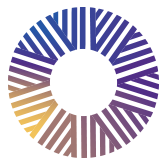

Biostatistics, Epidemiology, and Research Design (BERD) Trailblazer Award
By Frontiers , Clinical and Translational Science Institute
Oct 08, 2024
Study Title: Combinations and cutoff estimation of non-monotone markers
While many clinicians and researchers are highly specialized in one or two areas of human health, Leonidas Bantis takes a different approach. Bantis is a biostatistician who has focused his career on identification, validation, and reproducibility of biomarkers. According to him, a biomarker is “anything that can be objectively measured in the human body that may help identify individuals who are in a disease group or disease state.” Think, for instance, of a fever, where a temperature that is too high (e.g., over 100.4°) means a patient is fighting an infection and may need treatment by a physician. Other biomarkers where the level is too low or too high can also point to disease or risk for disease. For example, specific proteins might indicate unhealthy states related to cancer at both extreme lows and extreme highs; the healthy state is somewhere in the middle. Importantly, once identified, biomarkers can be crucial in identifying diseases or disorders, determining risk for development of disease, and selecting subsequent treatment plans.
Biostatisticians, such as Bantis, have developed algorithms and software to help establish the strength of certain biomarkers in identifying disease states and disease risk. However, as Bantis says “investigators and statisticians have traditionally neglected situations where a biomarker might exhibit very high or very low levels for the disease group,” which means we may be missing valuable information by focusing only on biomarkers that have a single binary cut-off (e.g., normal vs. diseased). In the past, biomarkers with multiple cut-off points, have not been included in statistical modeling. Bantis and his graduate research assistants plan to develop methods to help research teams figure out cut-off points for disease classification using biomarkers that may have two cut-off points as well as establishing what are the optimal cutoff points for optimal decision making. This new direction could be highly informative for physicians and researchers who are developing interventions and treatments.
The BERD Trailblazer award will go entirely to supporting Bantis’ graduate students as they work with him on this project. Bantis hopes that his team will be able to develop the biostatistical method, evaluate and prove that the method works, and then finally apply it to real-world datasets to figure out what biomarkers are strong indicators of disease or risk for disease. This method would be able to be applied to any type of biomarker(s) for any disease and would be freely available to other researchers. This method of identifying important biomarkers could be applied to any number of health problems, from obesity to esophageal cancer, intellectual disability to asthma, to make an impact on human health.
Latest Articles
View All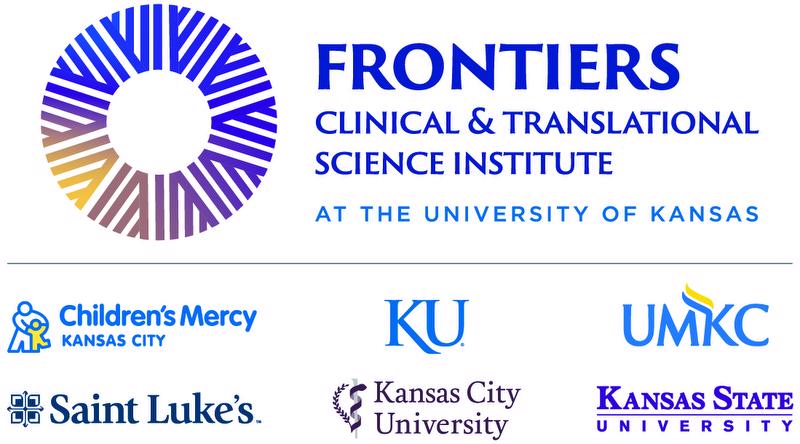 Funded Projects · News
Funded Projects · News
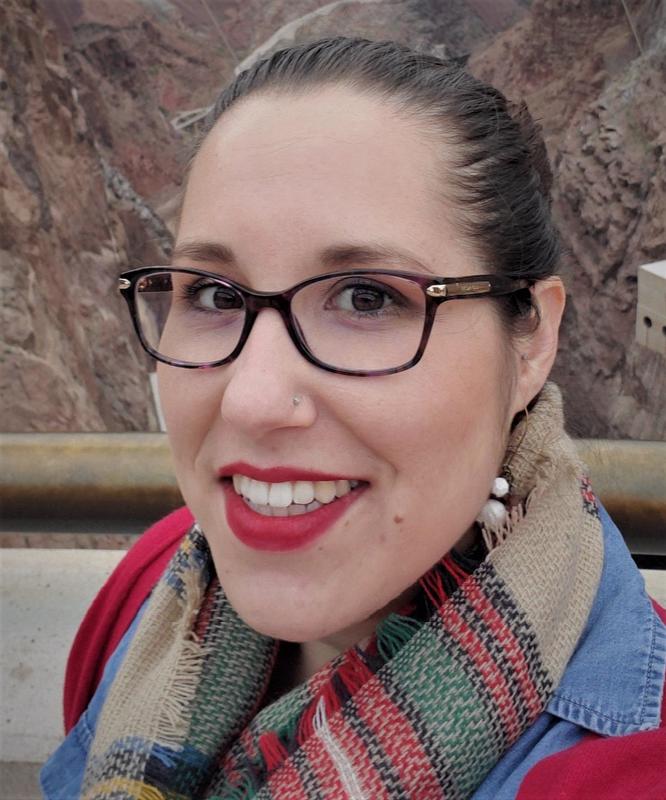 TL1 Trainee · News
TL1 Trainee · News
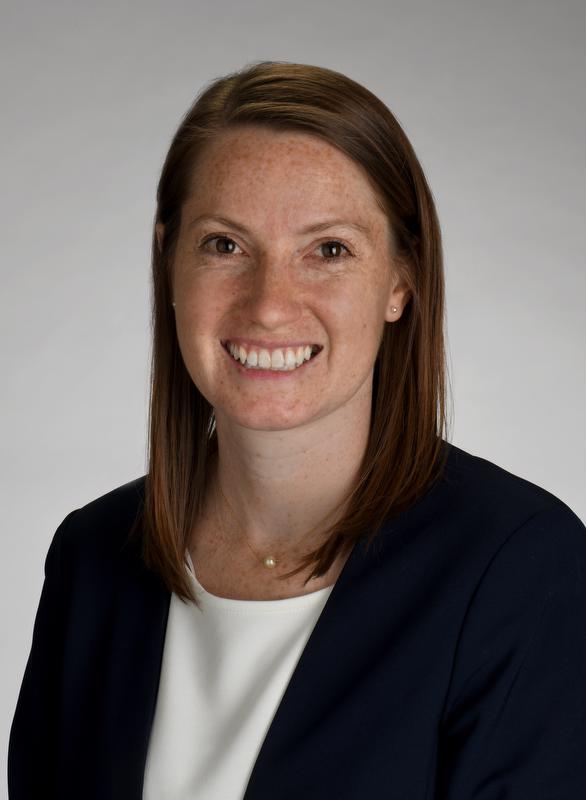 KL2 Scholar · News
KL2 Scholar · News
 Funded Projects · News
Funded Projects · News
 Funded Projects · News
Funded Projects · News
 TL1 Trainee · News
TL1 Trainee · News
 KL2 Scholar · News
KL2 Scholar · News
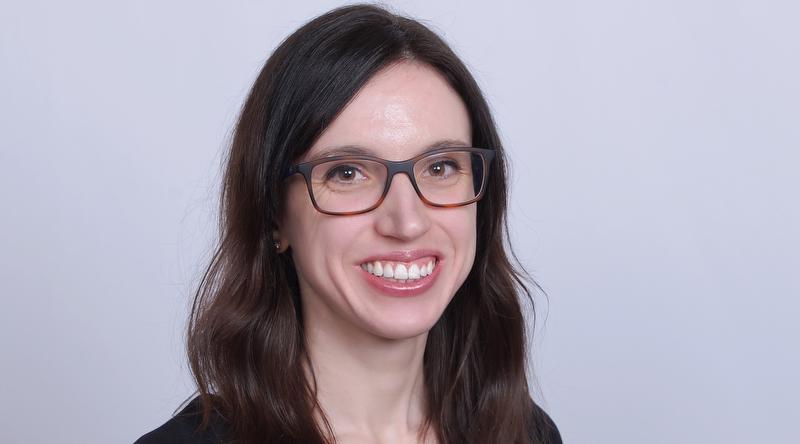 Funded Projects · News
Funded Projects · News
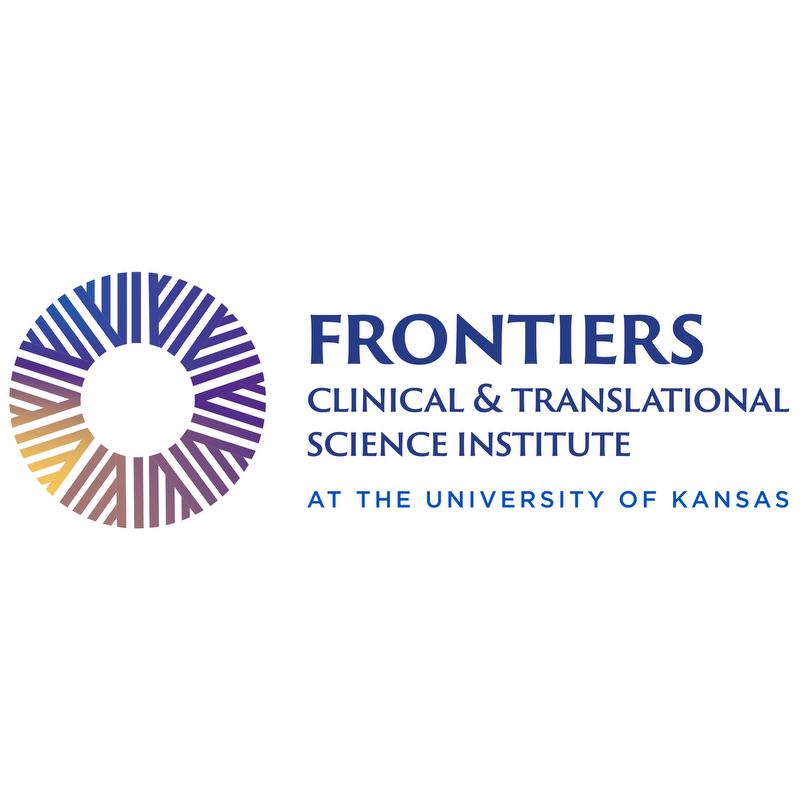 News
News
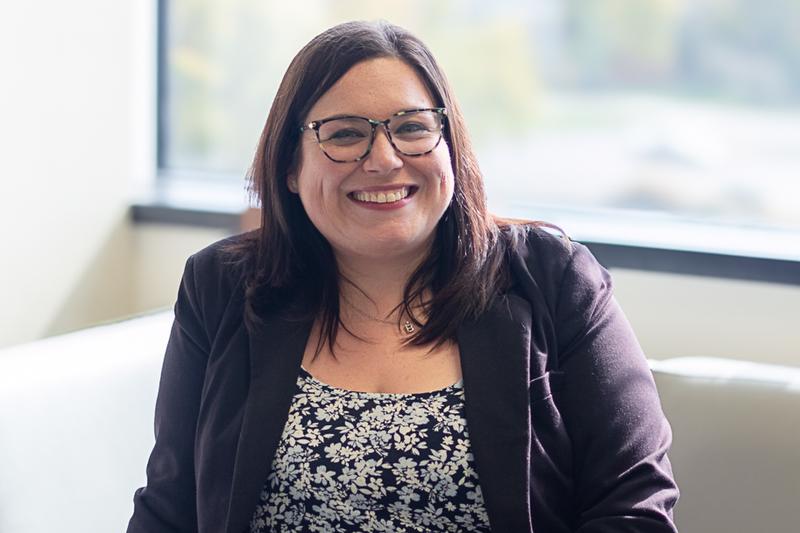 TL1 Trainee · News
TL1 Trainee · News
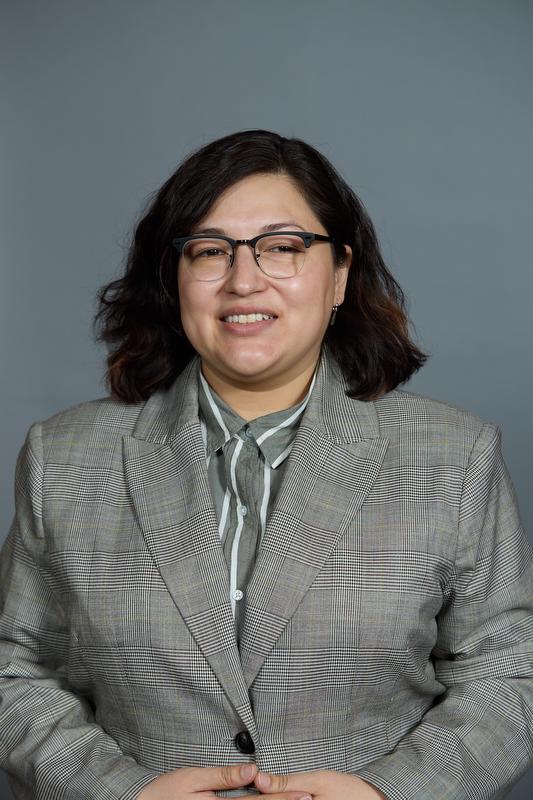 News
News
 News
News
 Funded Projects · News
Funded Projects · News
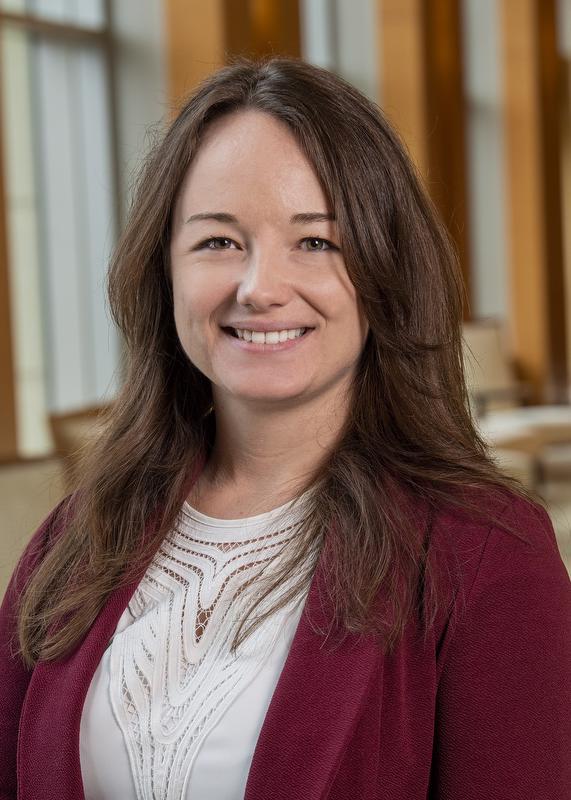 TL1 Trainee · News
TL1 Trainee · News
 Events
Events
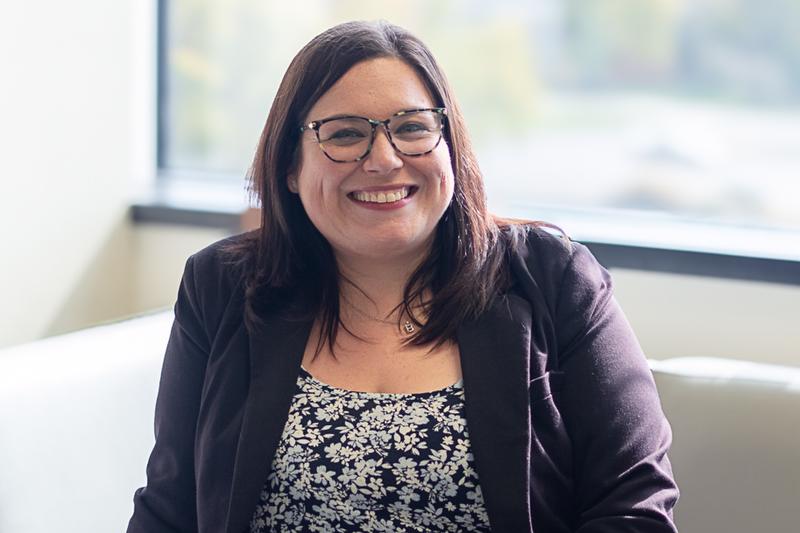 TL1 Trainee · News
TL1 Trainee · News
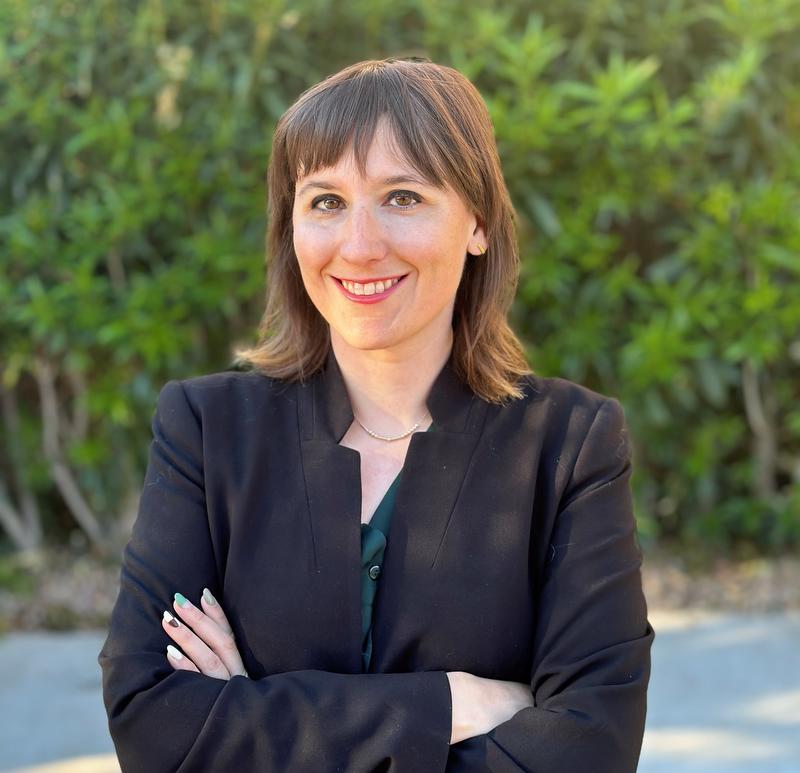 News
News
 TL1 Trainee · News
TL1 Trainee · News
 KL2 Scholar · News
KL2 Scholar · News
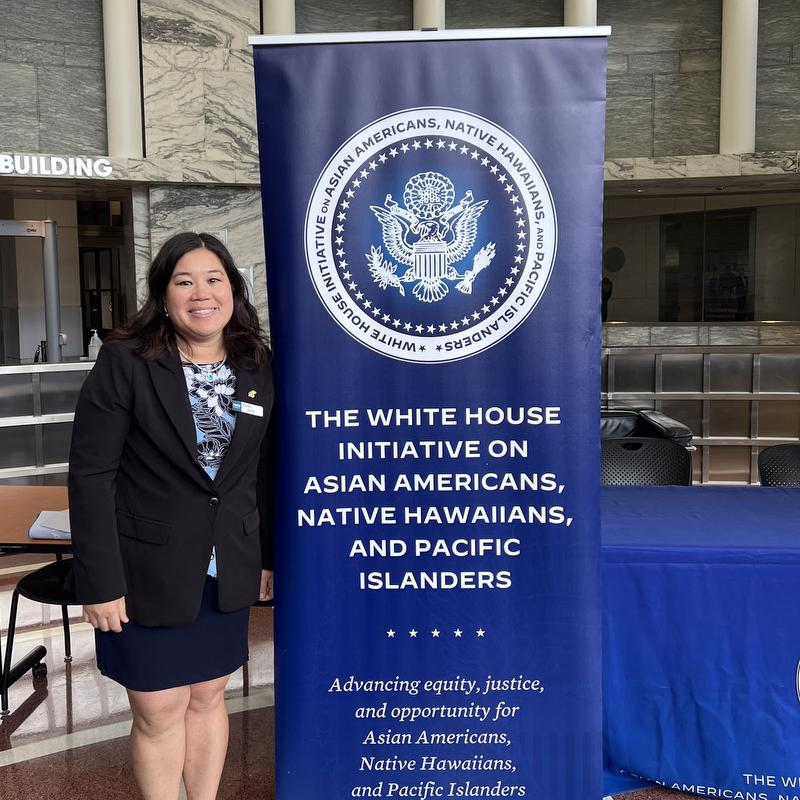 News
News
 KL2 Scholar · News
KL2 Scholar · News
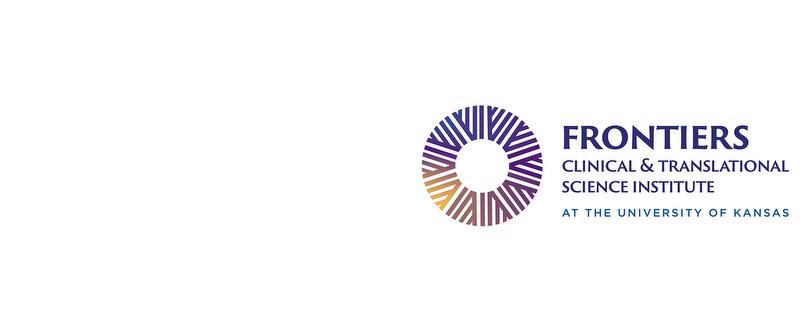 Funded Projects · News
Funded Projects · News
 News
News
 TL1 Trainee · News
TL1 Trainee · News

 TL1 Trainee · News
TL1 Trainee · News
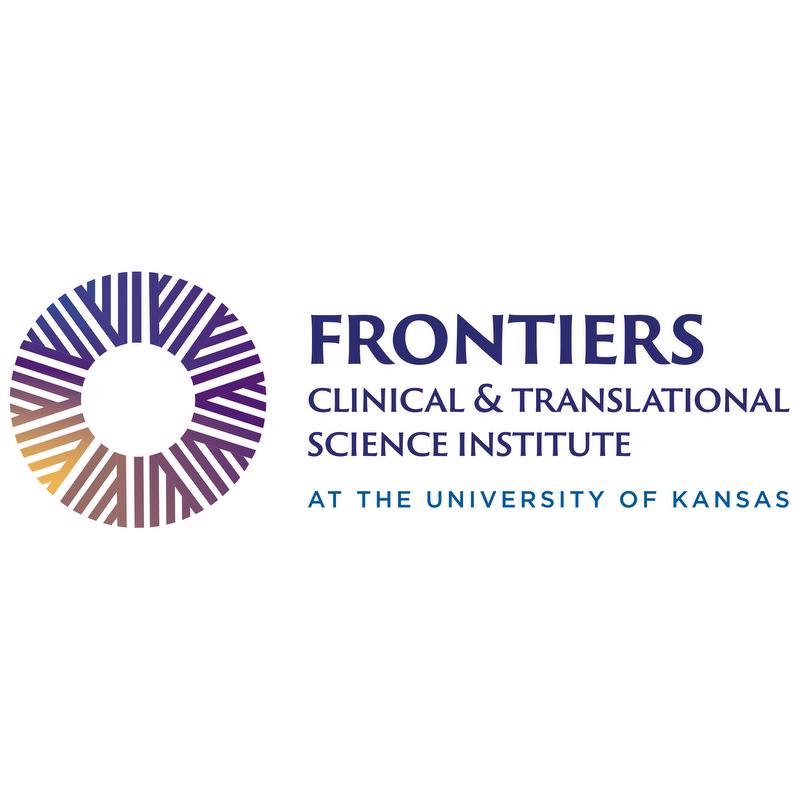 Services · News
Services · News
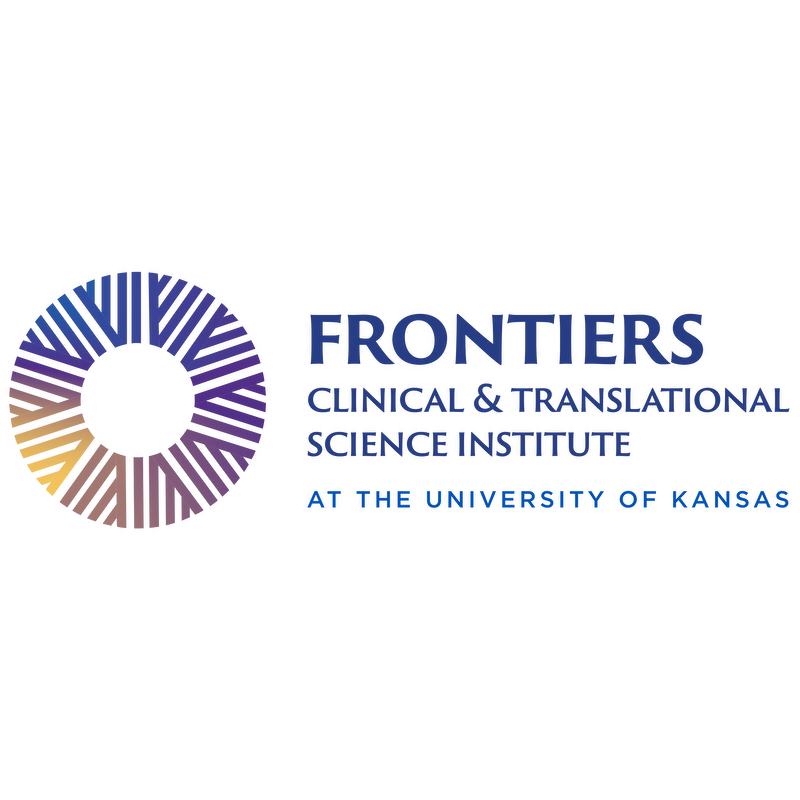 News
News
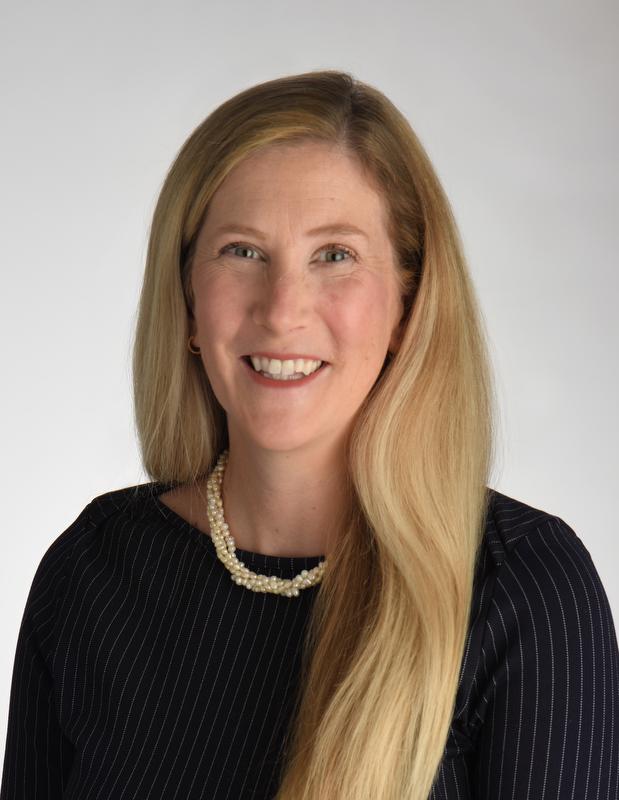 Funded Projects · News
Funded Projects · News
 Funded Projects · News
Funded Projects · News
 Funded Projects · News
Funded Projects · News
 TL1 Trainee · News
TL1 Trainee · News
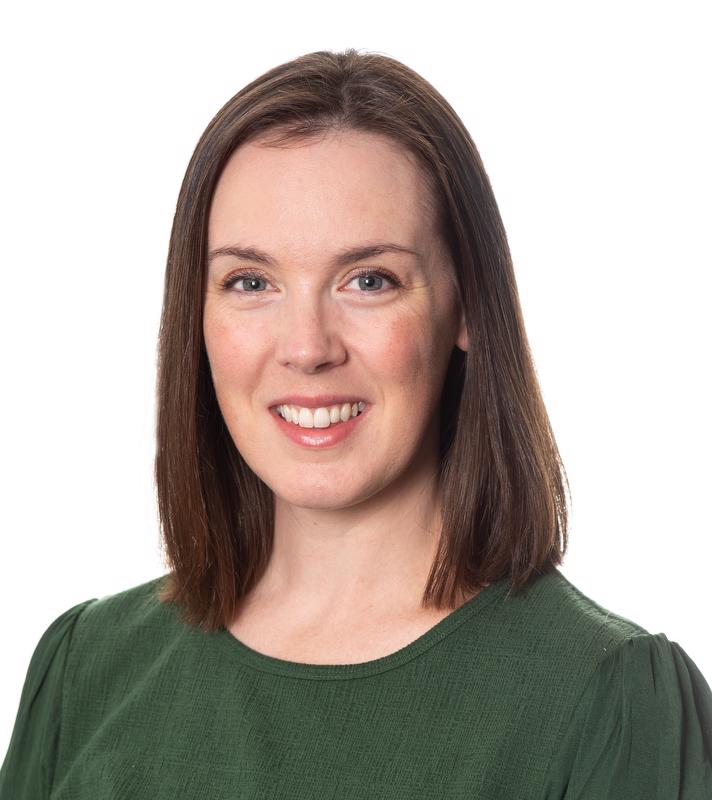 KL2 Scholar · News
KL2 Scholar · News
 Funded Projects · News
Funded Projects · News
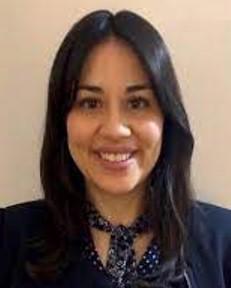 News
News
 News
News
 News
News
 News
News
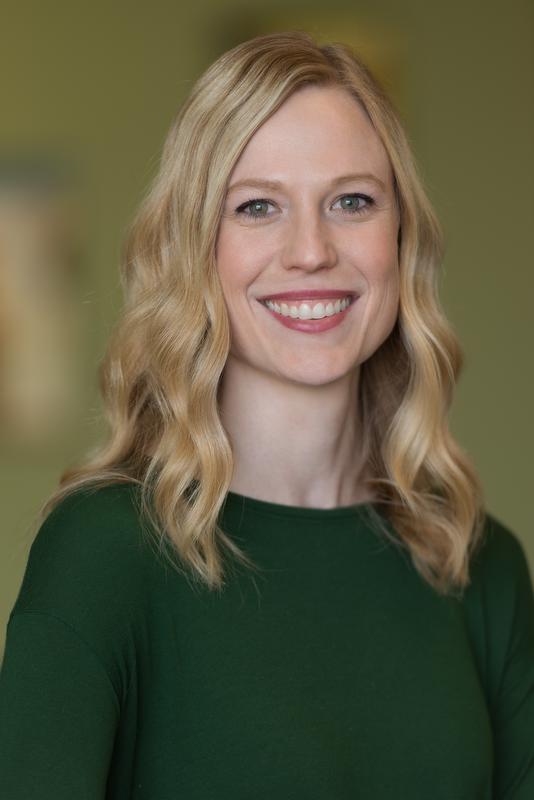 News
News
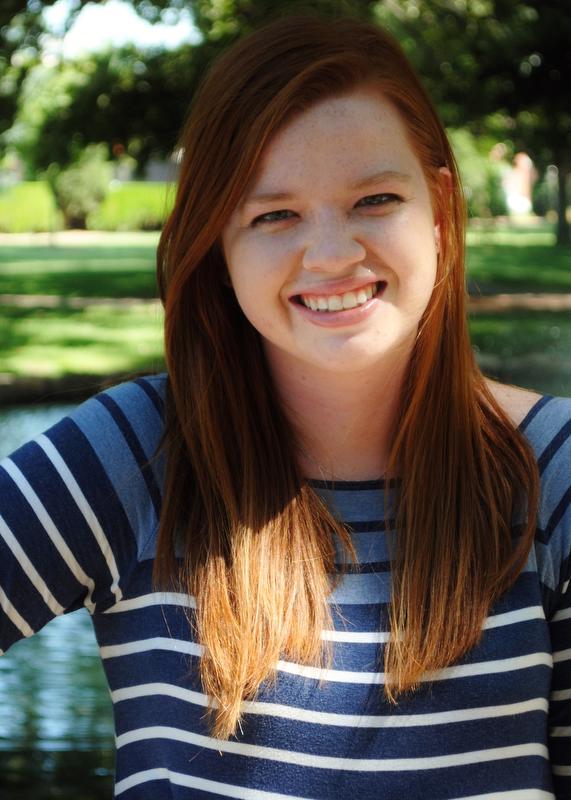 News
News
 News
News
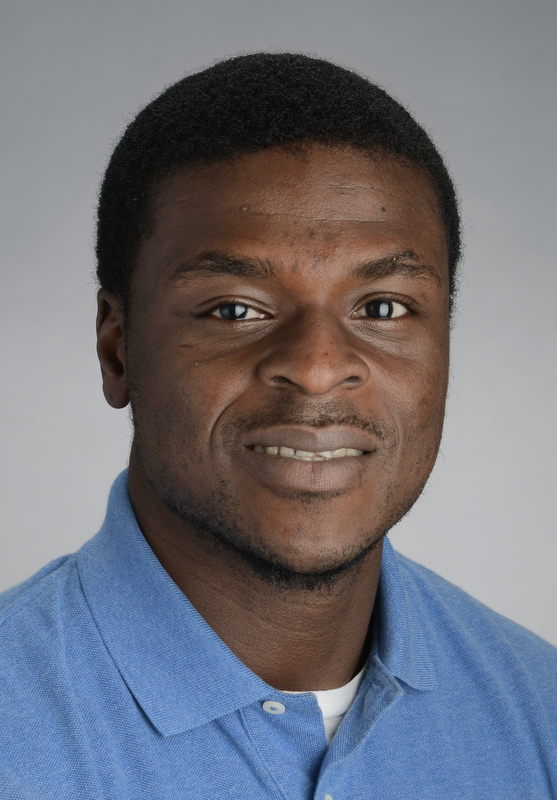 News
News
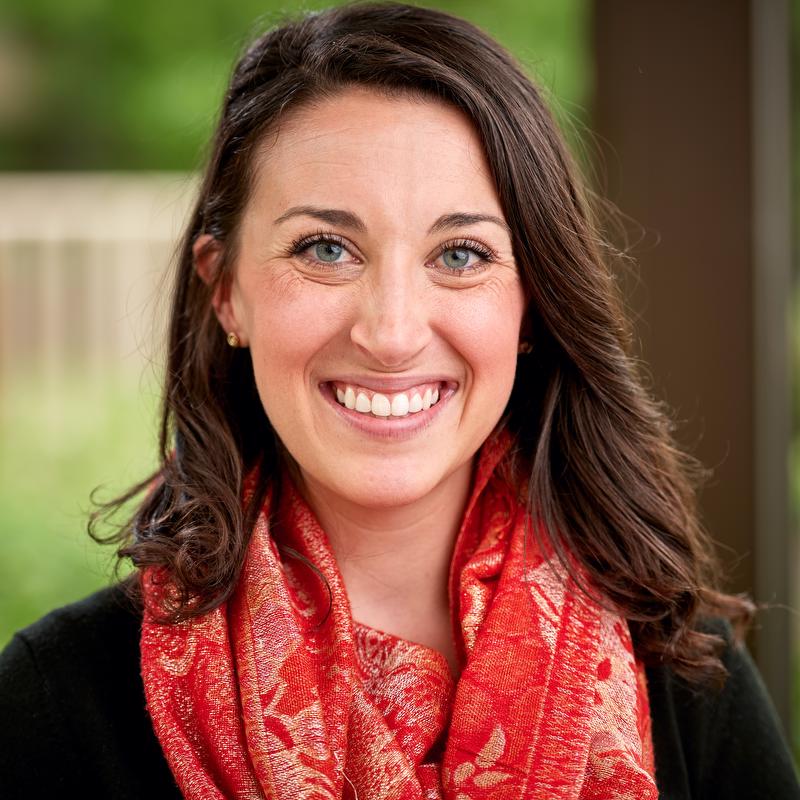 News
News
 News
News
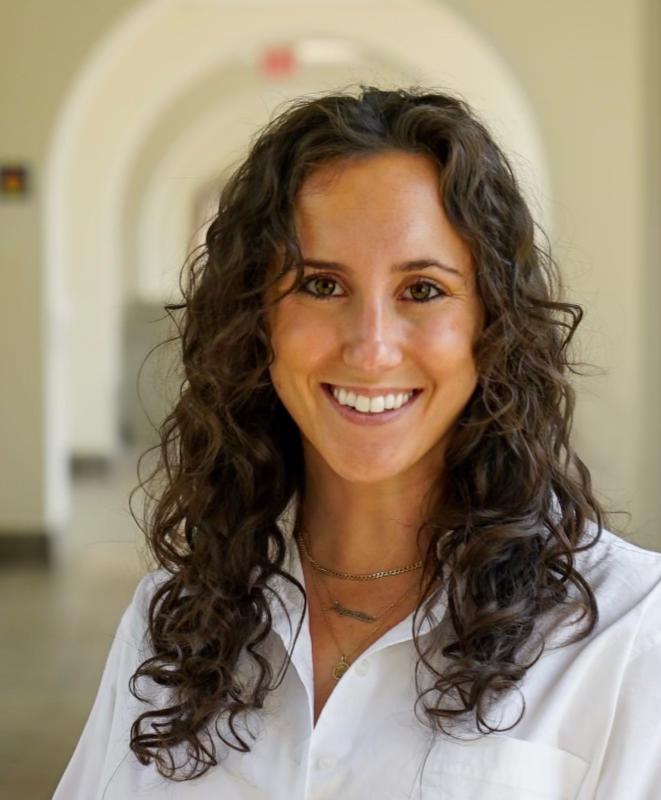 News
News
 News
News
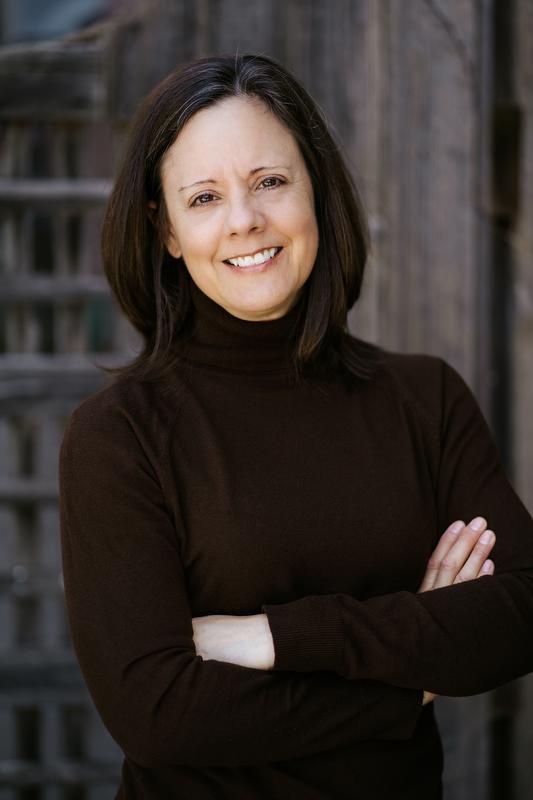 News
News
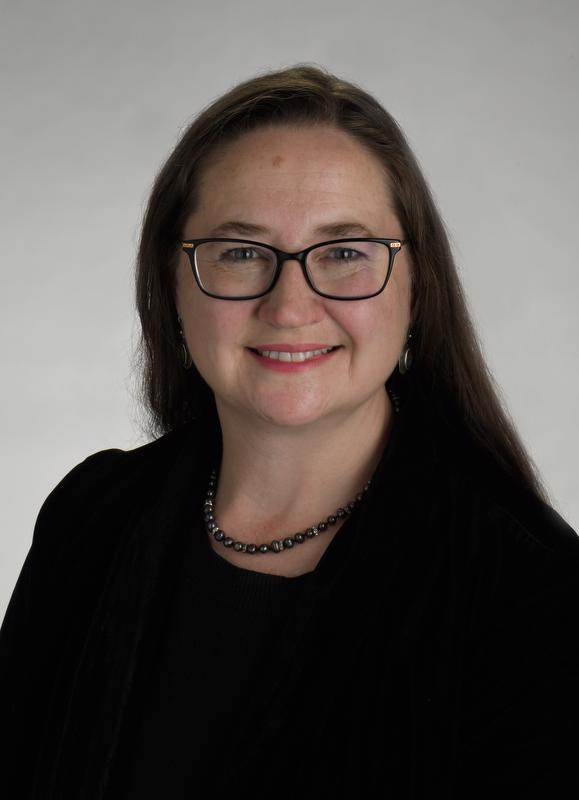 News
News
 Funded Projects · News
Funded Projects · News
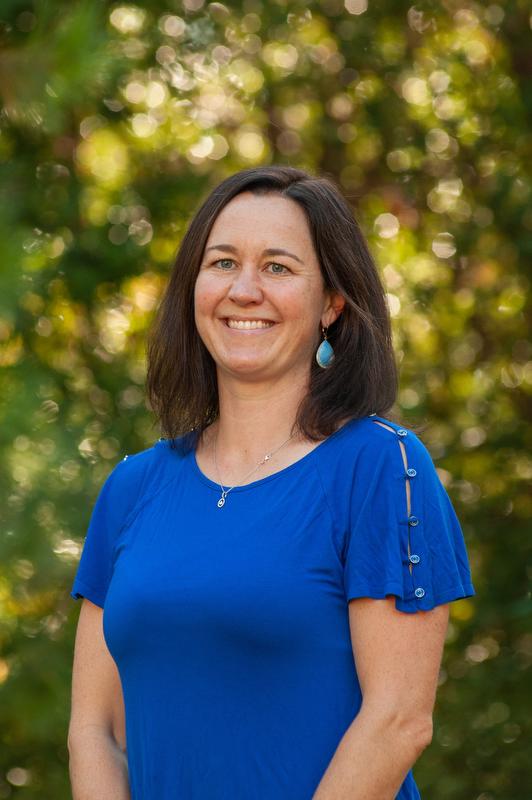 Funded Projects · News
Funded Projects · News
 KL2 Scholar · News
KL2 Scholar · News
 News
News
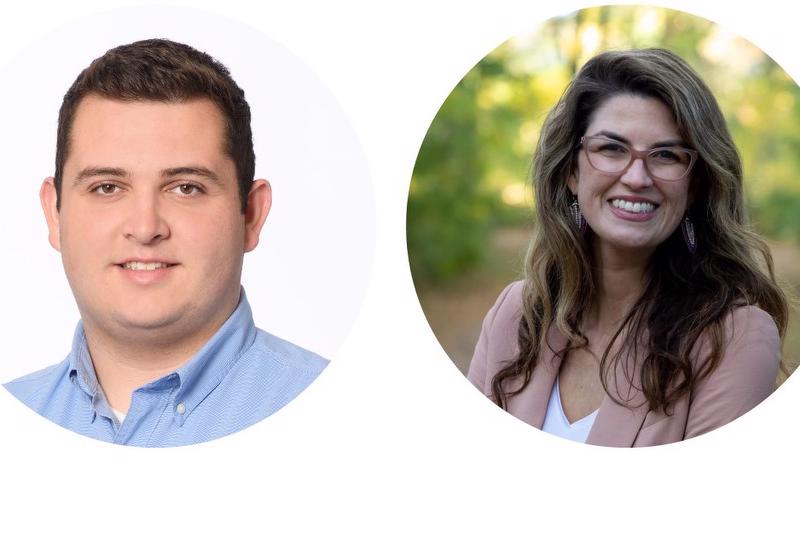 News
News
 KL2 Scholar · News
KL2 Scholar · News
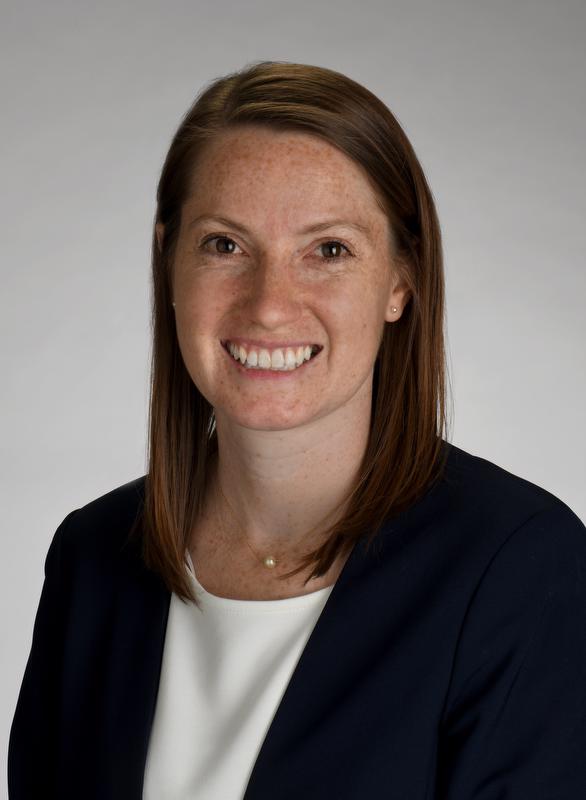 KL2 Scholar
KL2 Scholar
 News
News
 News
News
 KL2 Scholar · News
KL2 Scholar · News
 News
News
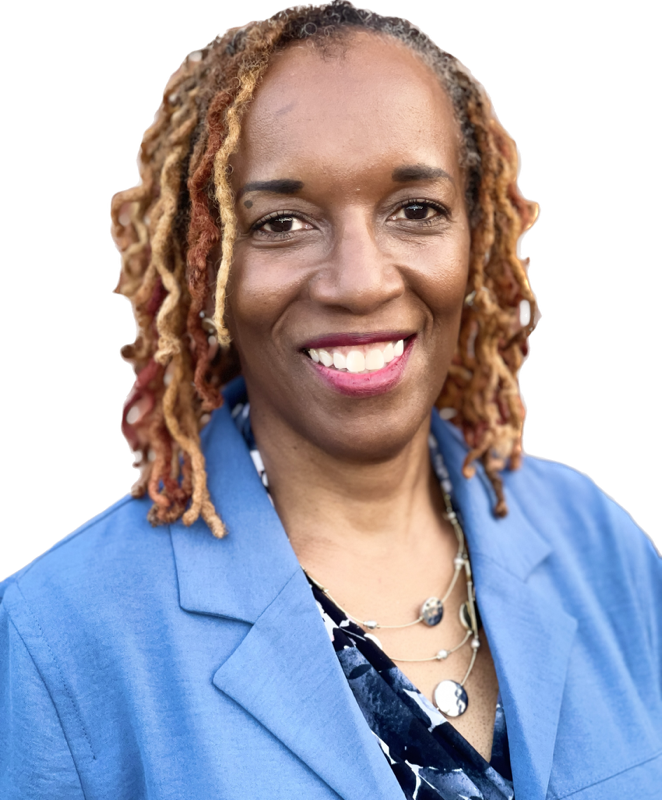 News · In the Community · Funded Projects
News · In the Community · Funded Projects
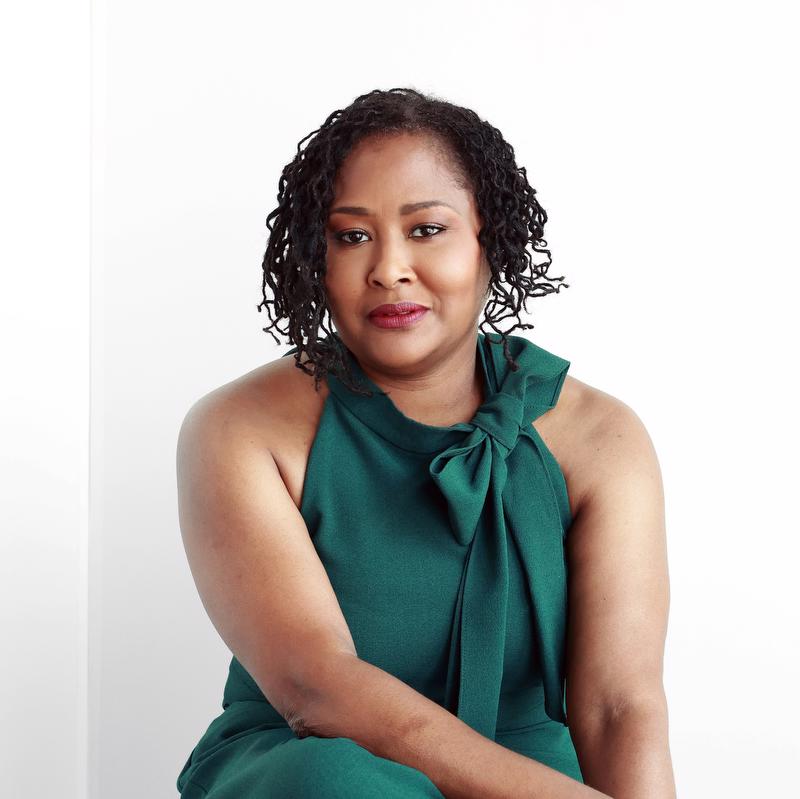 Funded Projects · News
Funded Projects · News
 Funded Projects · News
Funded Projects · News
 Funded Projects · News
Funded Projects · News
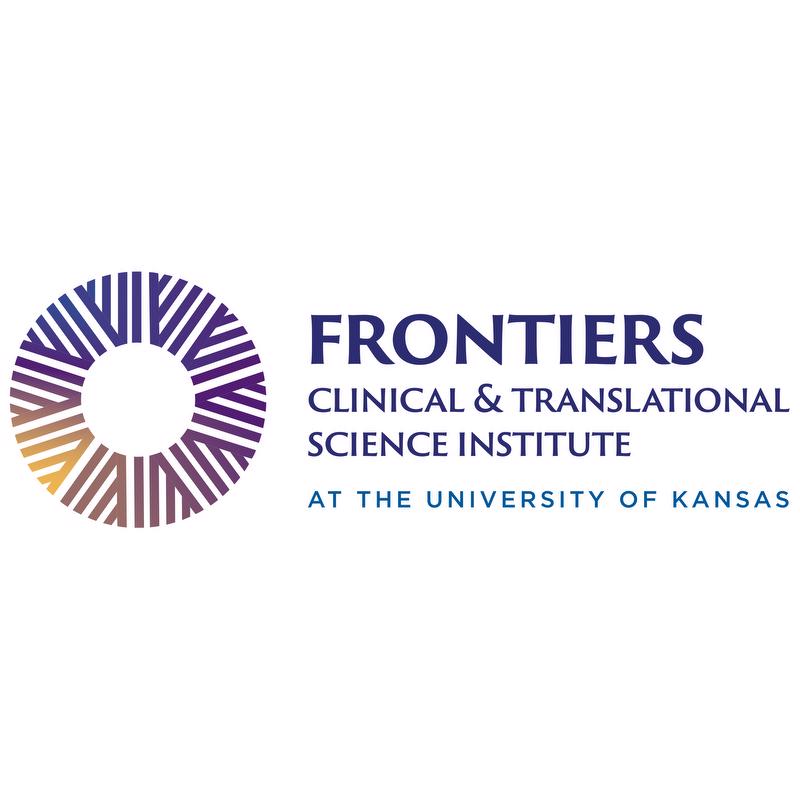 Funded Projects · News
Funded Projects · News
 News
News
 Funded Projects · News
Funded Projects · News

 TL1 Trainee · News
TL1 Trainee · News
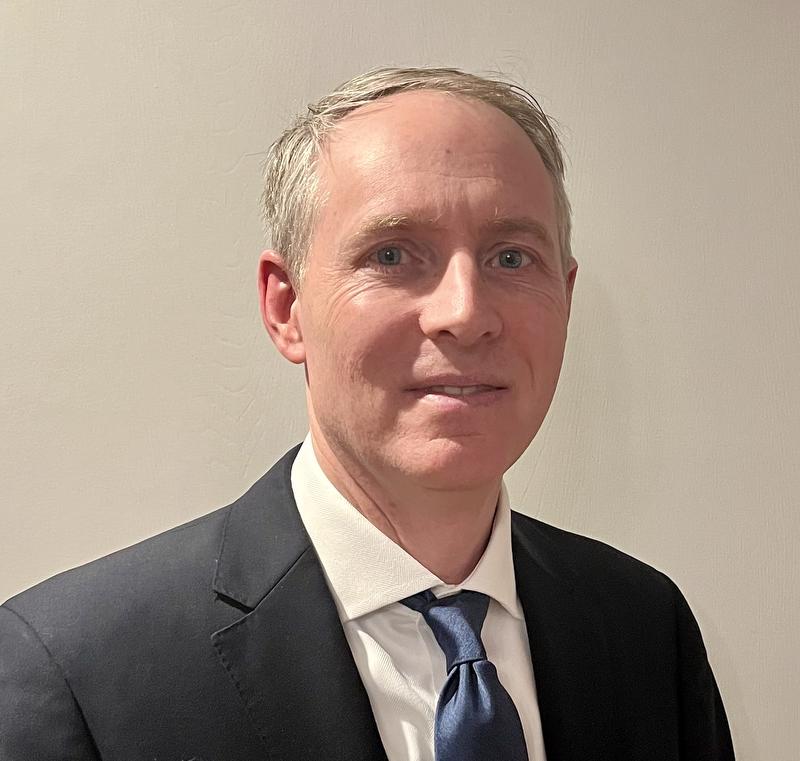 Funded Projects · News
Funded Projects · News
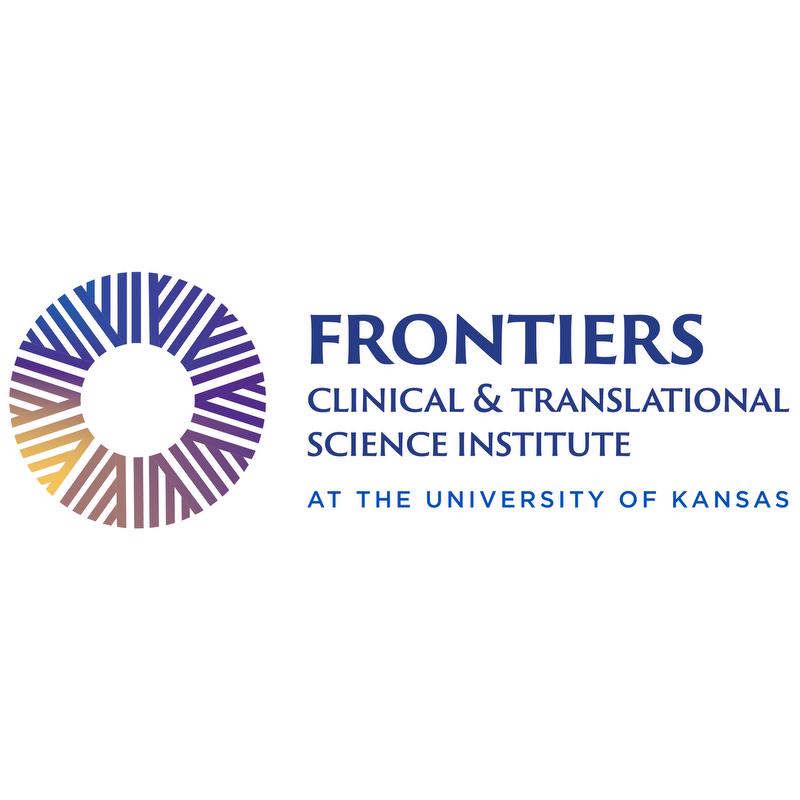 Events · News
Events · News
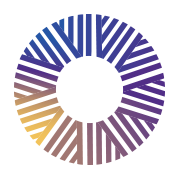 Funded Projects · News
Funded Projects · News
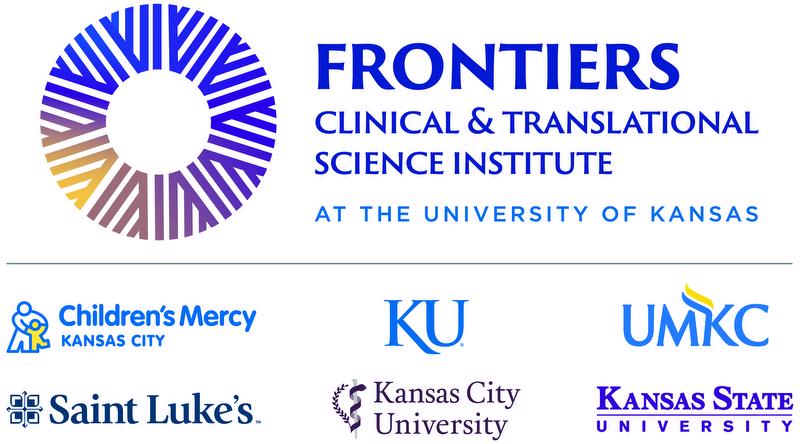
 Funded Projects · News
Funded Projects · News
 TL1 Trainee · News
TL1 Trainee · News
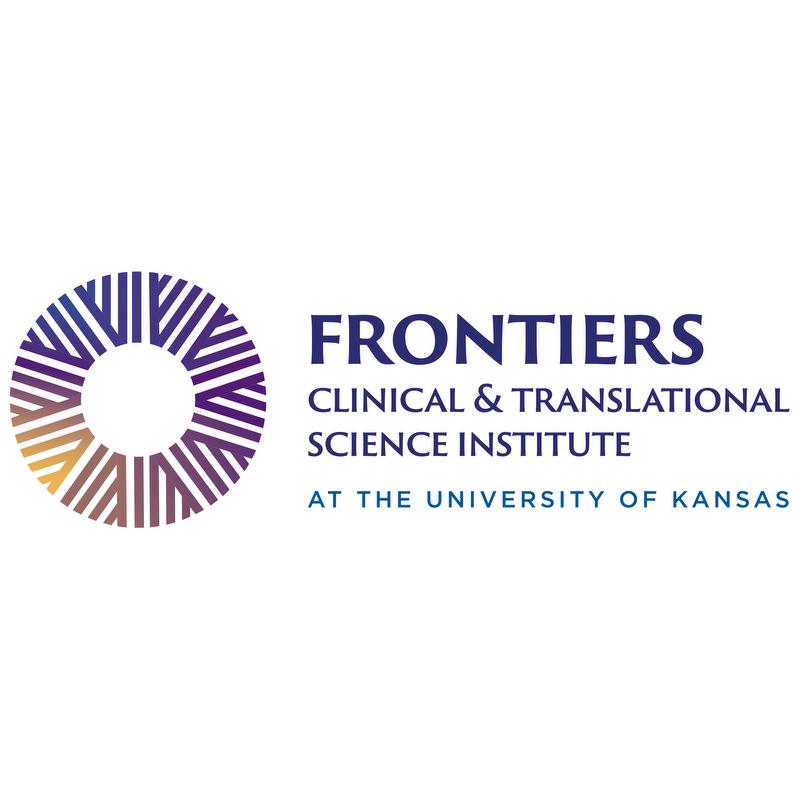 News · In the Community · Funded Projects
News · In the Community · Funded Projects
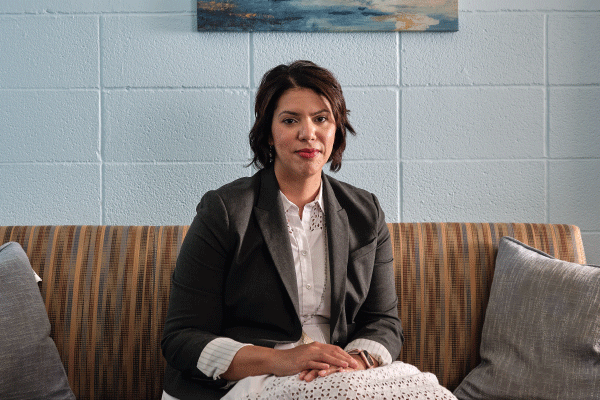 Funded Projects · News
Funded Projects · News
 KL2 Scholar · News
KL2 Scholar · News
 TL1 Trainee · News
TL1 Trainee · News
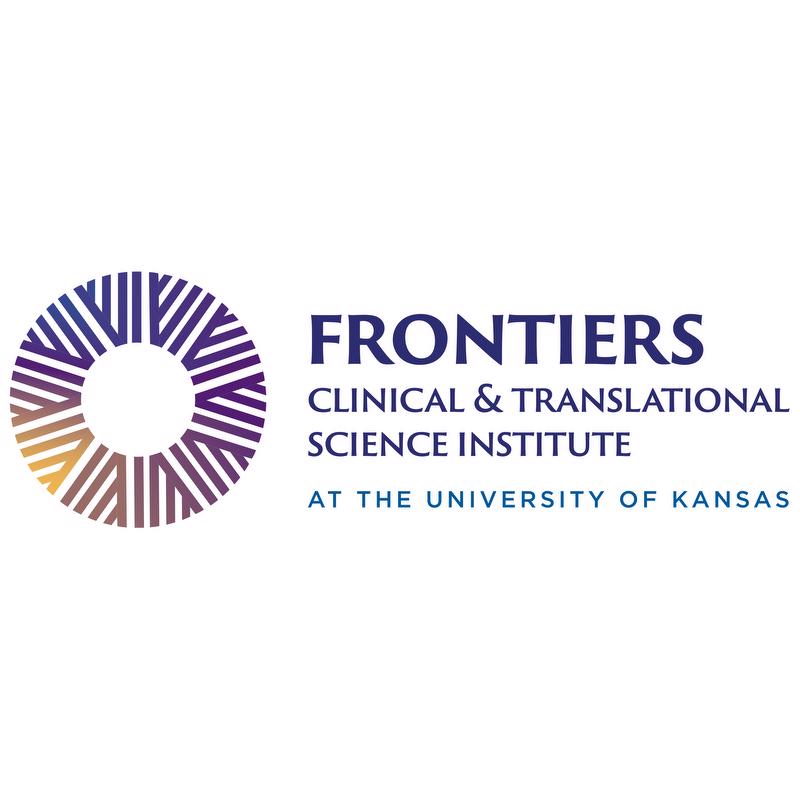 News
News
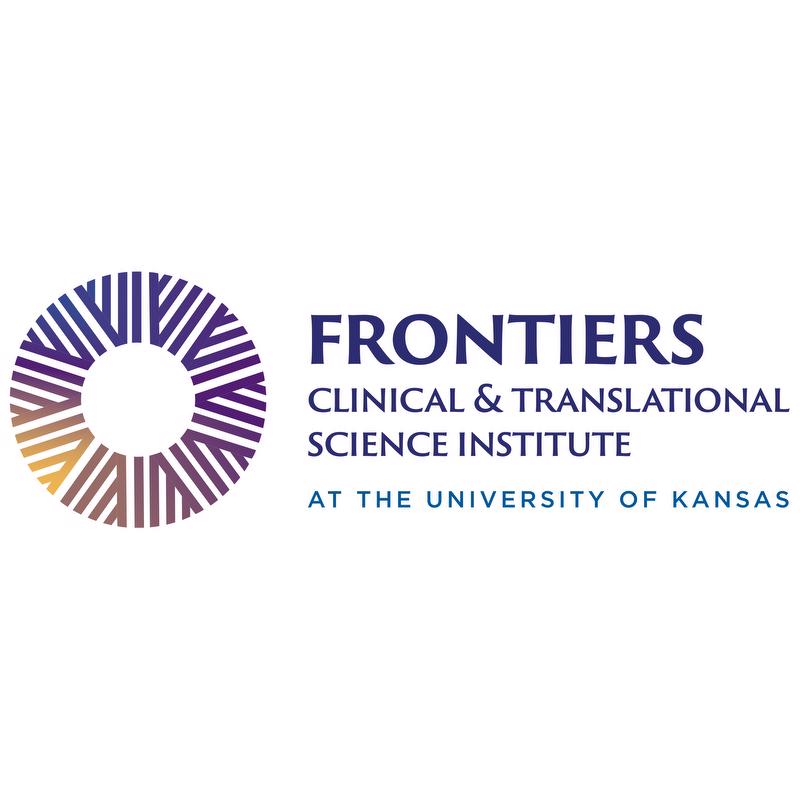 News
News
 KL2 Scholar · News
KL2 Scholar · News
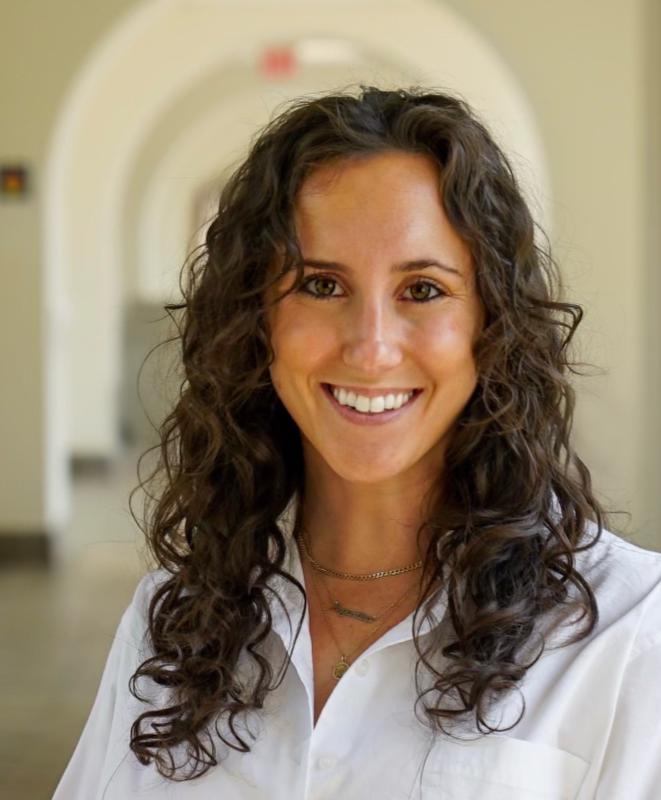 TL1 Trainee · News
TL1 Trainee · News
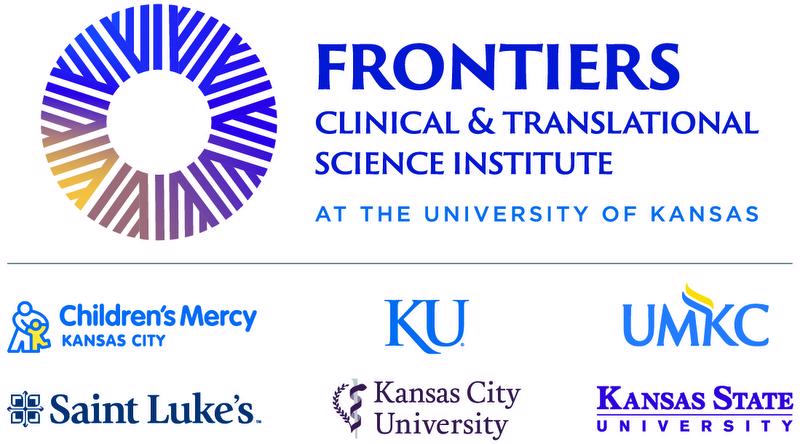 News
News
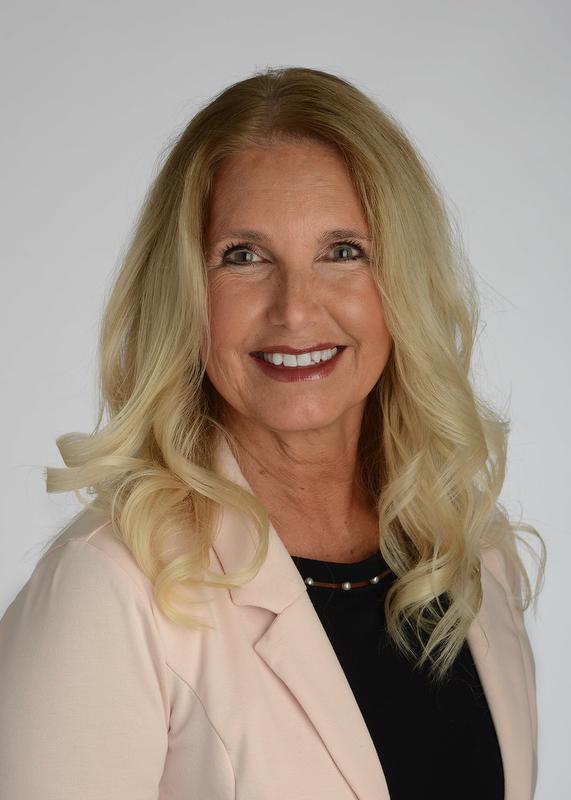 News
News
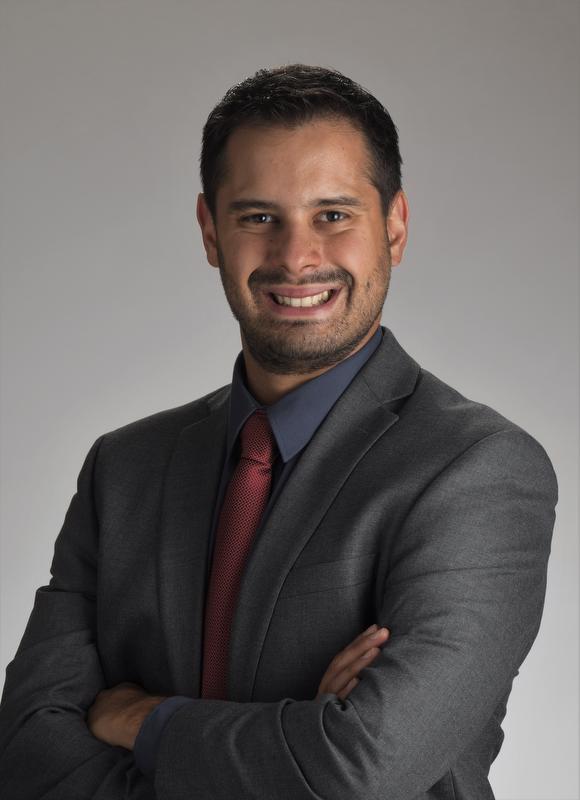 Funded Projects · News
Funded Projects · News
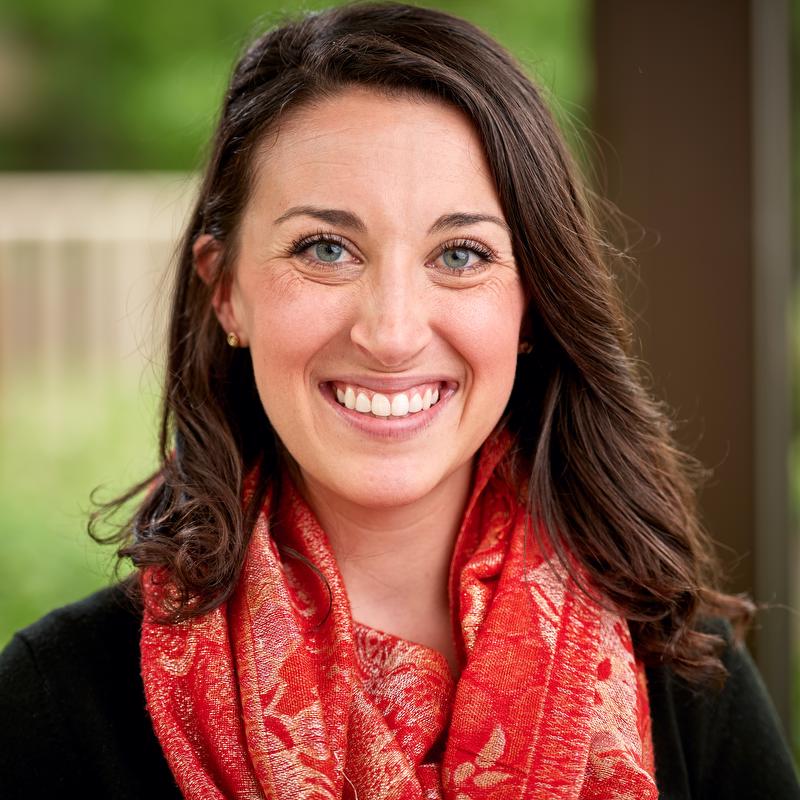 Events · News
Events · News

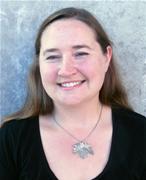 KL2 Scholar · News
KL2 Scholar · News
 News
News
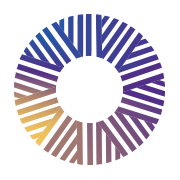
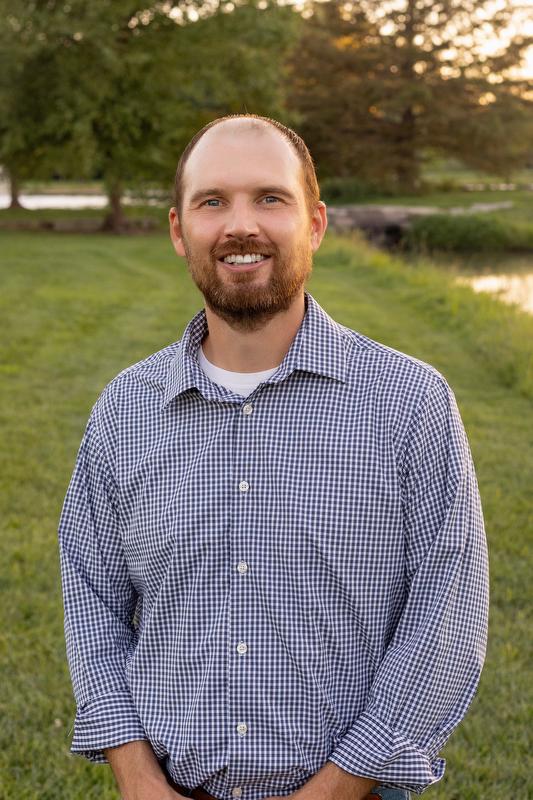 Funded Projects · News
Funded Projects · News
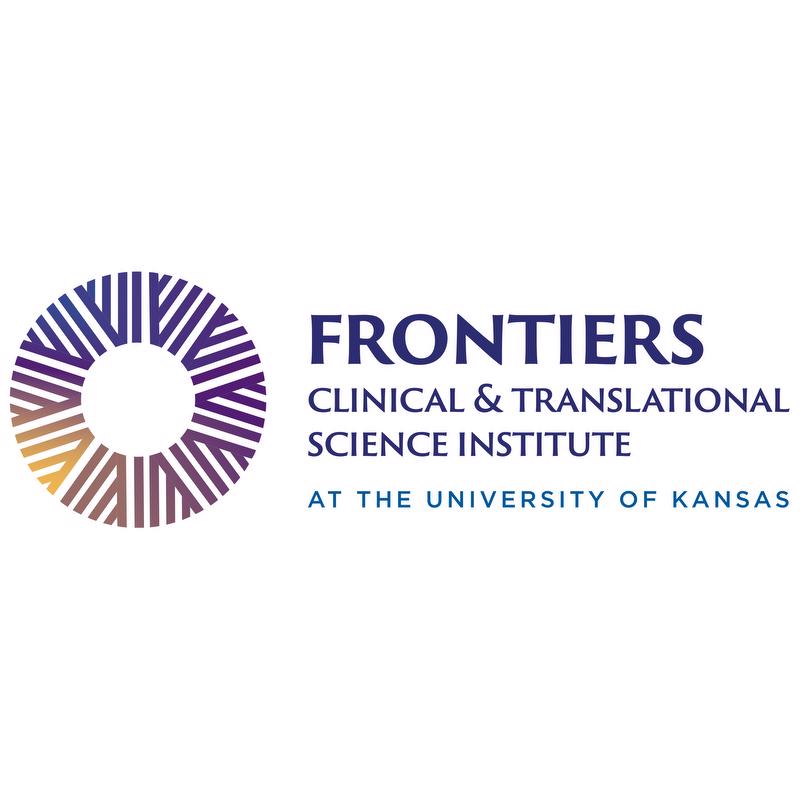 News
News
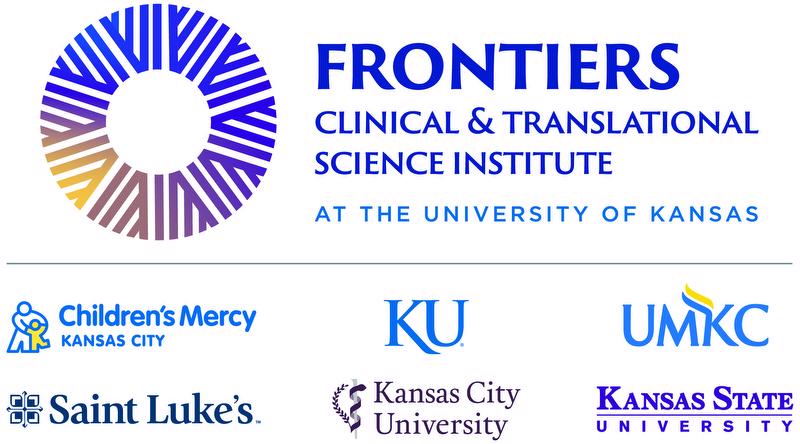 Partner News · News
Partner News · News
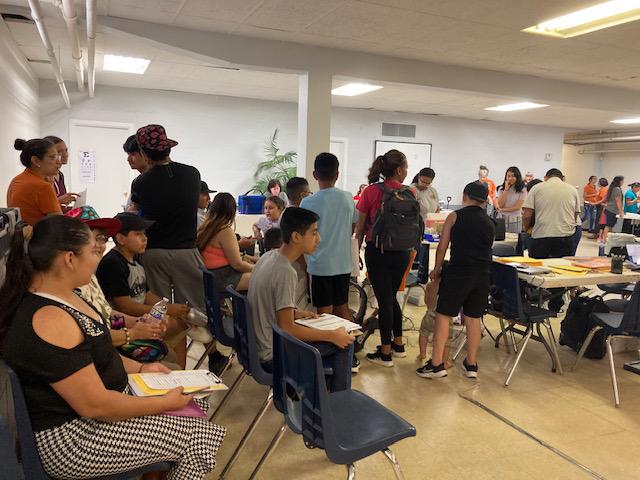 News · In the Community
News · In the Community

 0
0

 Funded Projects · News
Funded Projects · News
 Funded Projects · News
Funded Projects · News
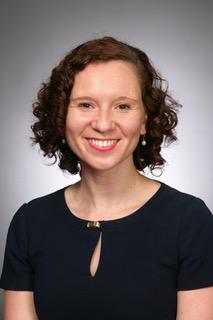 News
News
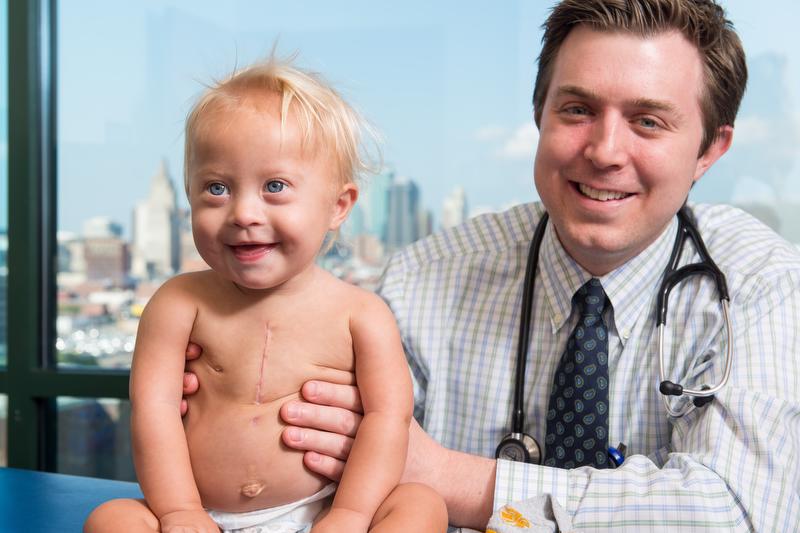 Funded Projects · News
Funded Projects · News
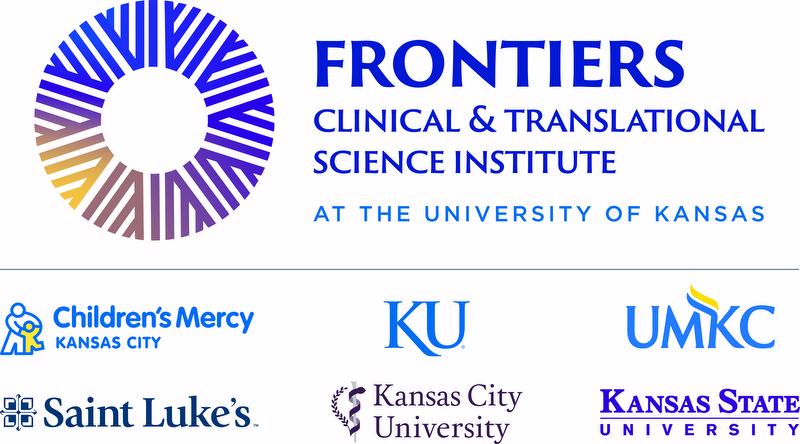 Funded Projects · News
Funded Projects · News
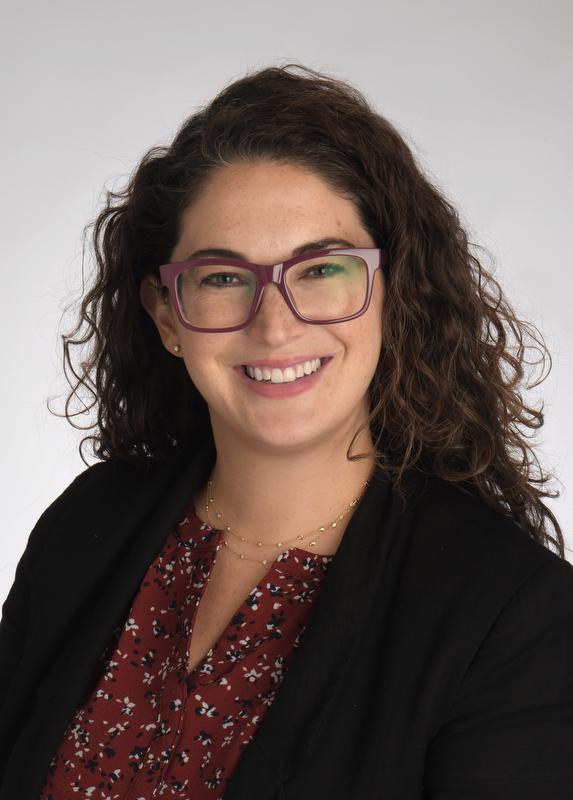 News
News
 Events · News
Events · News
 TL1 Trainee · News
TL1 Trainee · News
 TL1 Trainee · News
TL1 Trainee · News
 News
News
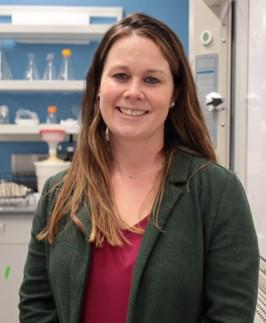 Funded Projects · News
Funded Projects · News
 News
News
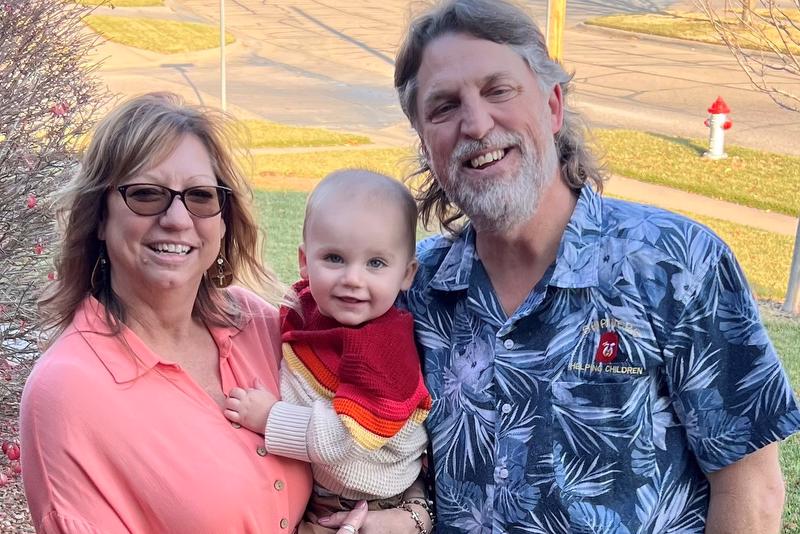 Partner News · News
Partner News · News
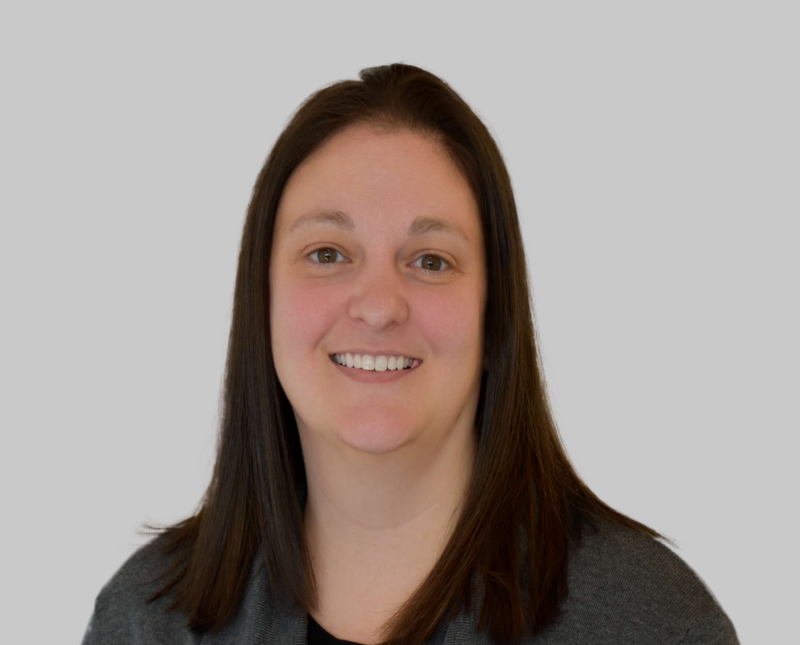 TL1 Trainee · News
TL1 Trainee · News
 Events · News
Events · News
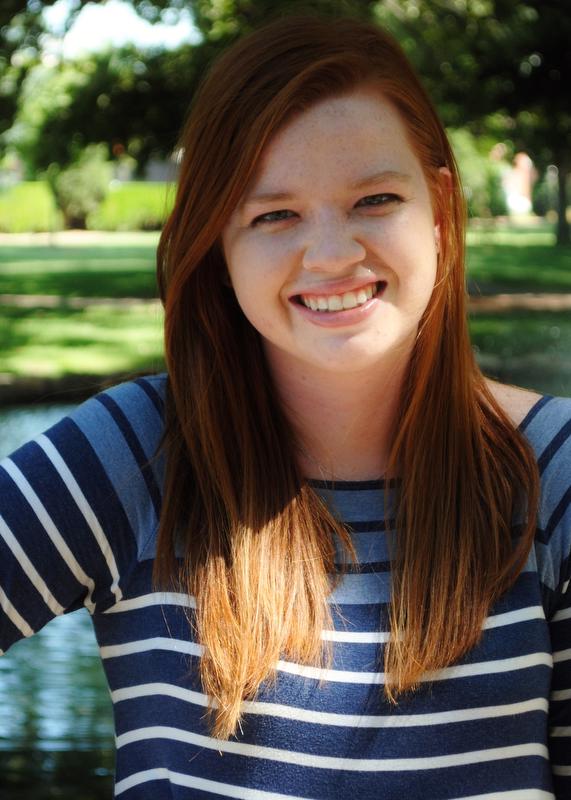 KL2 Scholar · News
KL2 Scholar · News
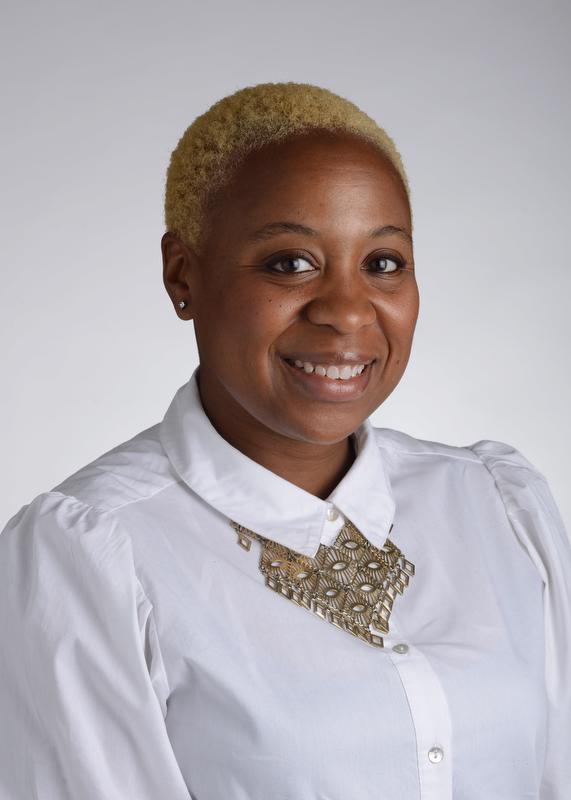 News
News
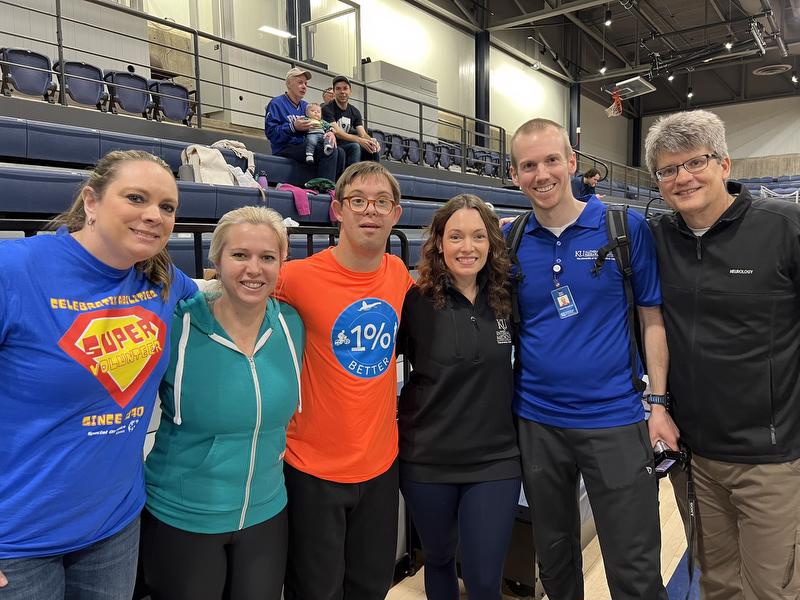 TL1 Trainee · News
TL1 Trainee · News
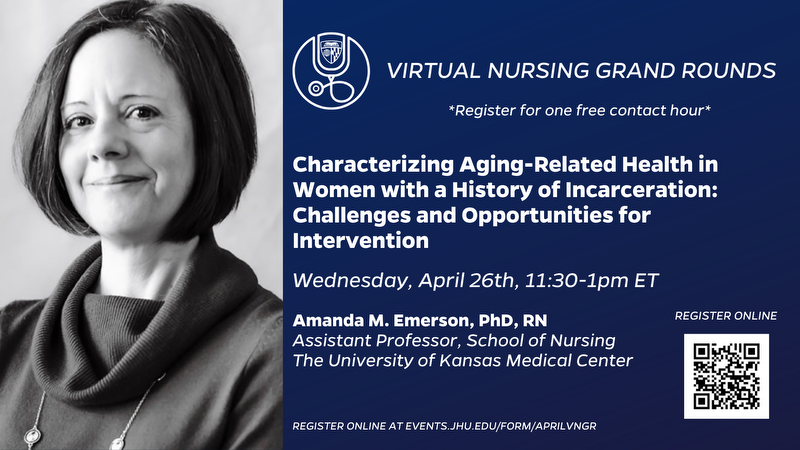 News · KL2 Scholar
News · KL2 Scholar
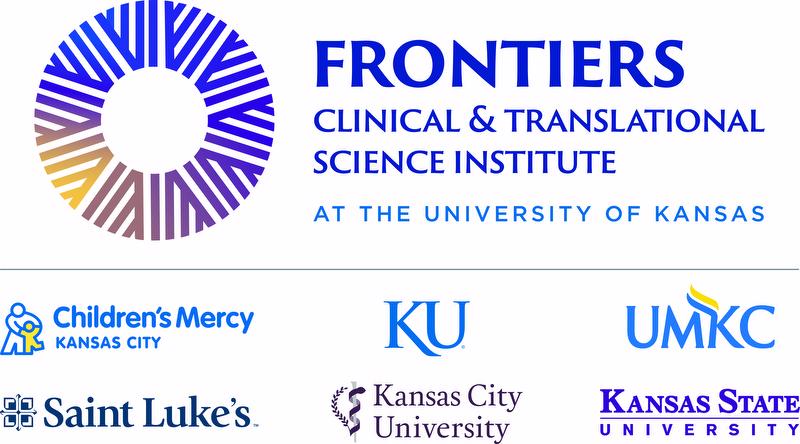
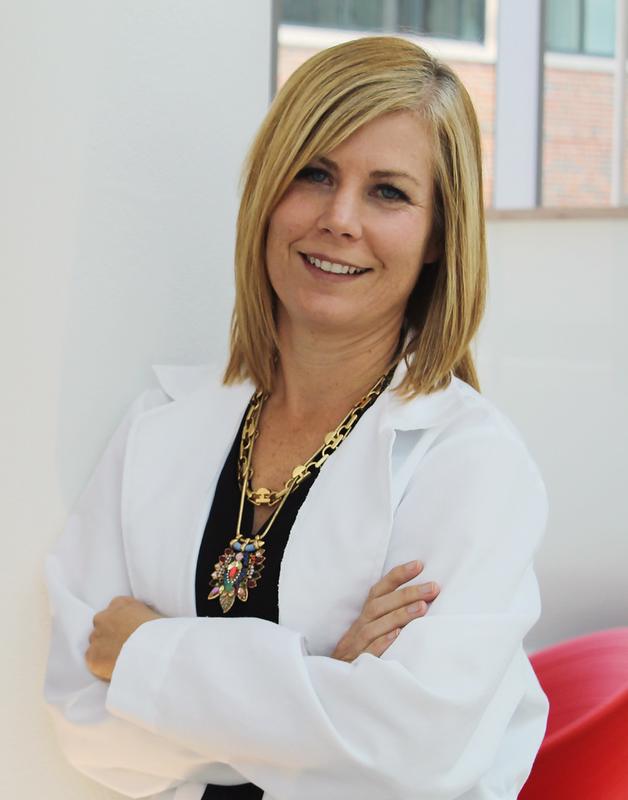 TL1 Trainee · News
TL1 Trainee · News
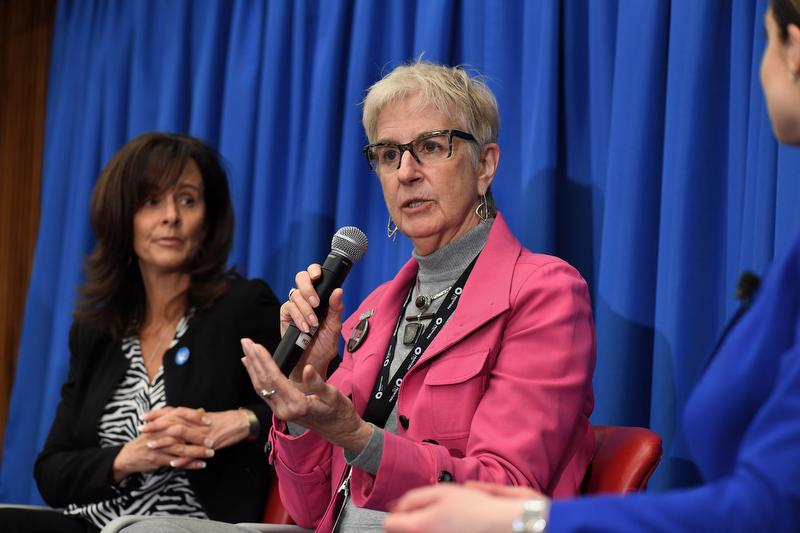 Events · News
Events · News
 News
News
 News
News
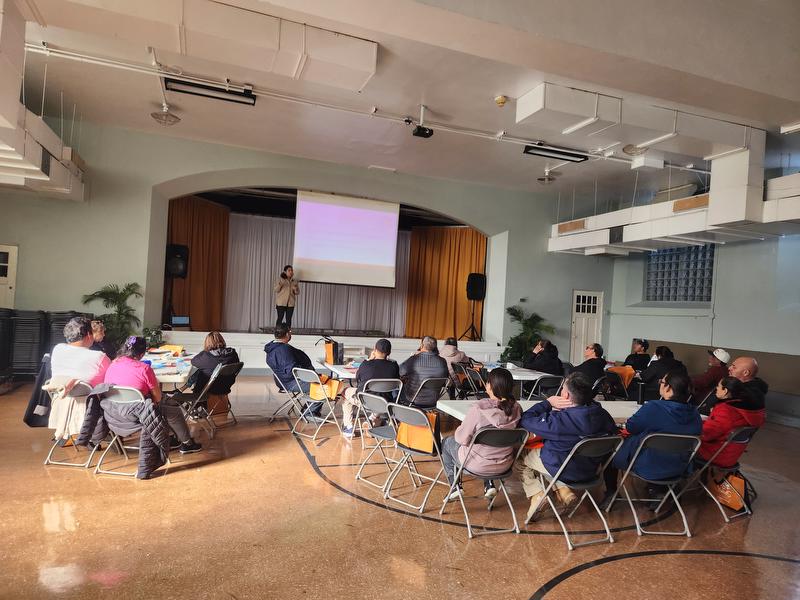
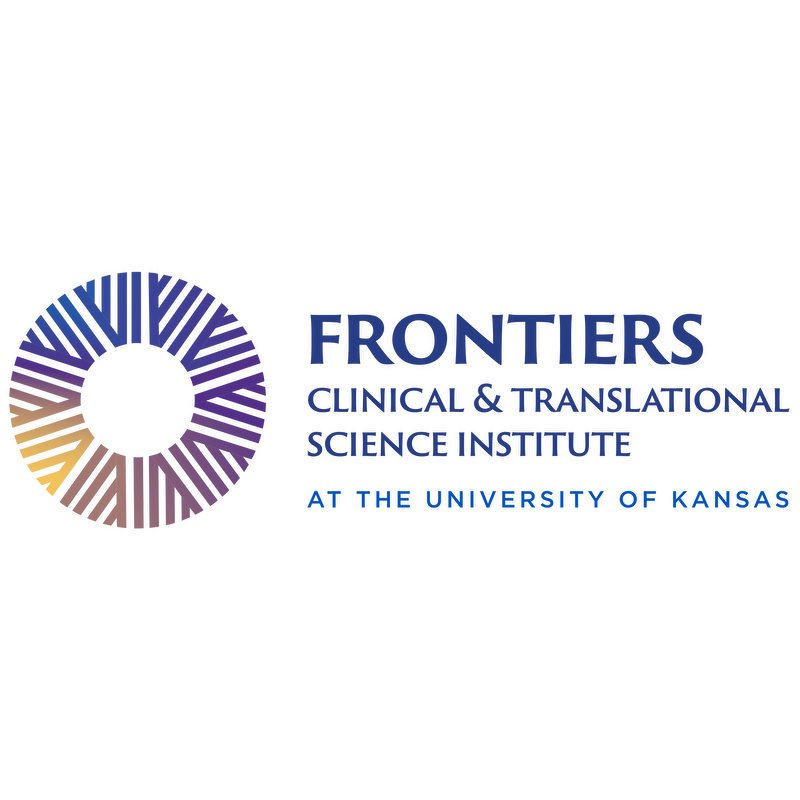
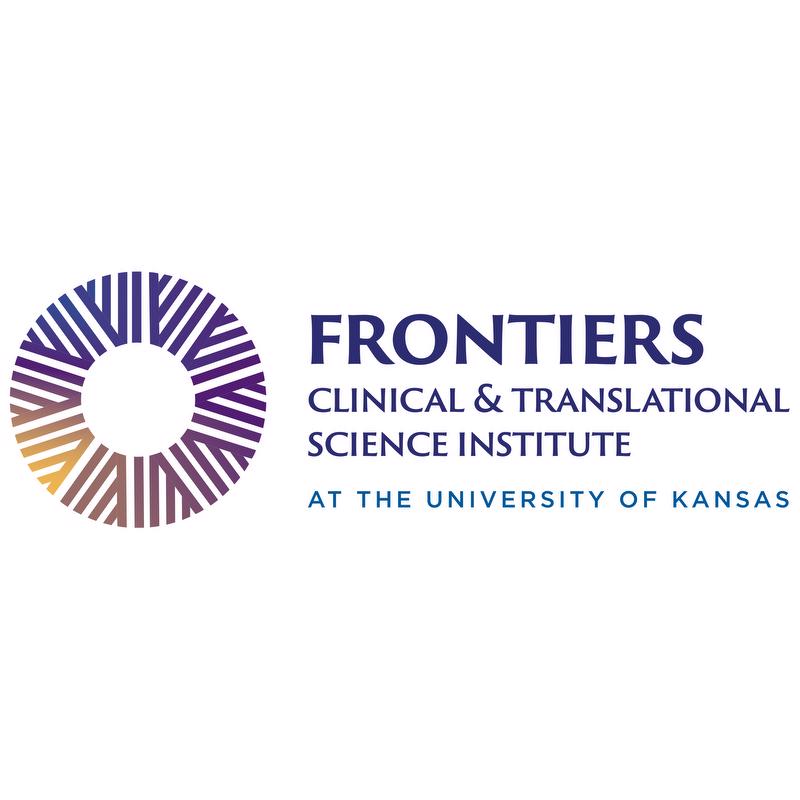 News
News

 40
40

 News
News
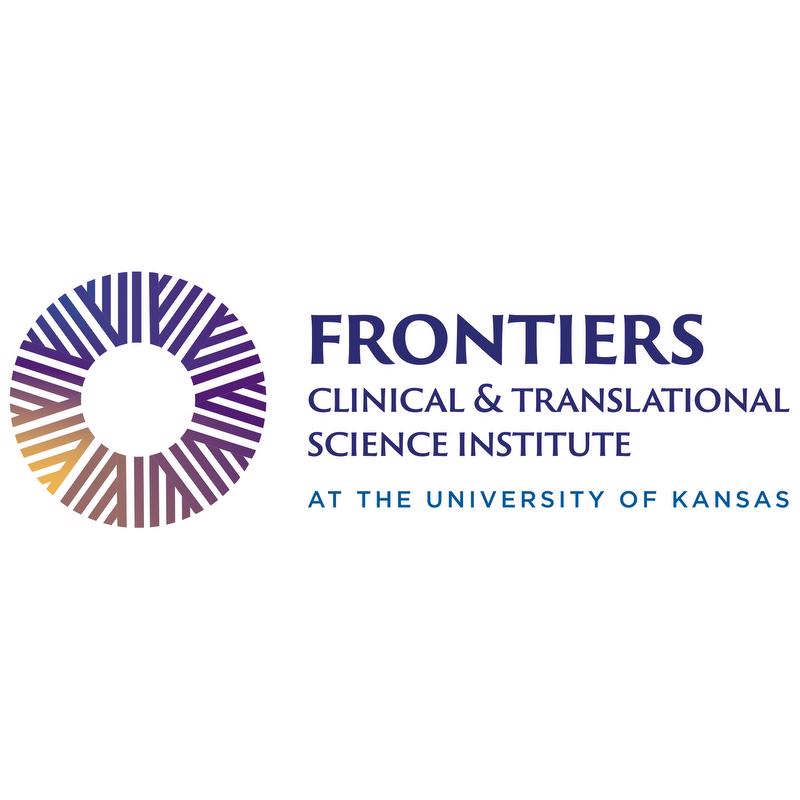 News
News
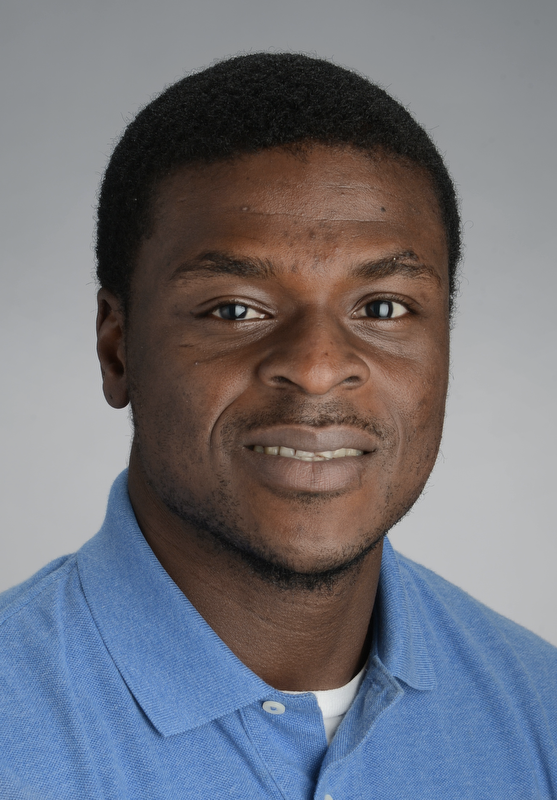 TL1 Trainee · News
TL1 Trainee · News
 News
News
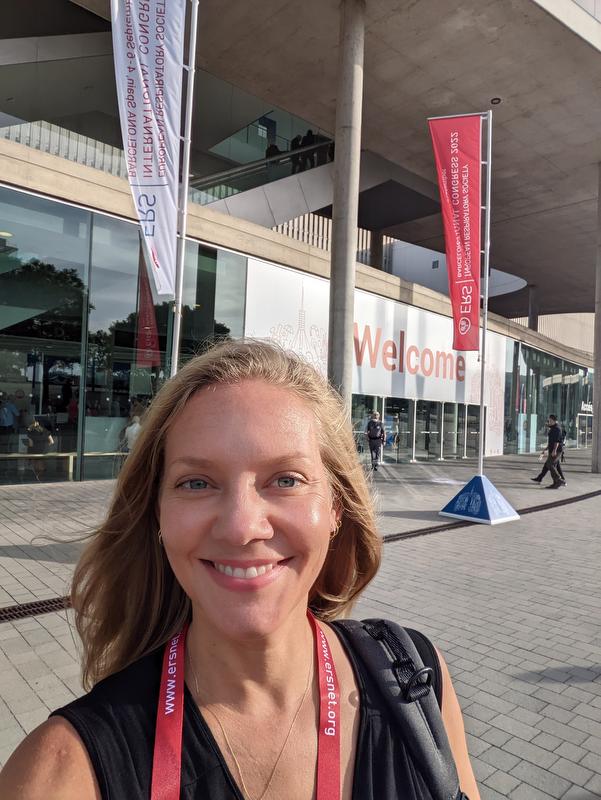 Funded Projects · News
Funded Projects · News
 News · In the Community
News · In the Community
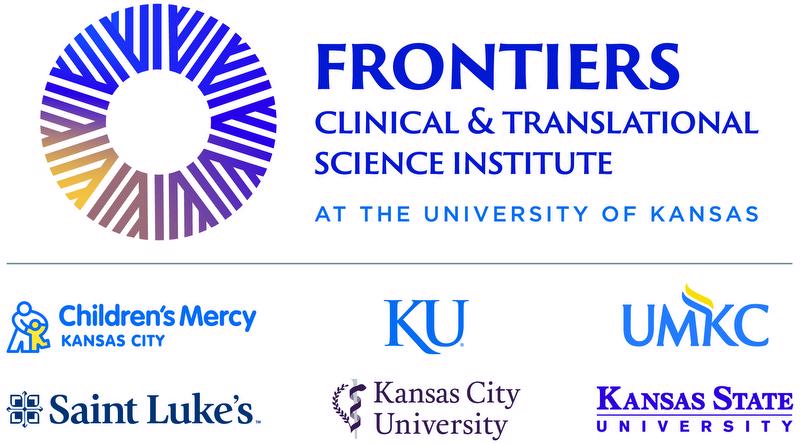 Funded Projects · News
Funded Projects · News
 In the Community
In the Community
 News · In the Community · Partner News
News · In the Community · Partner News
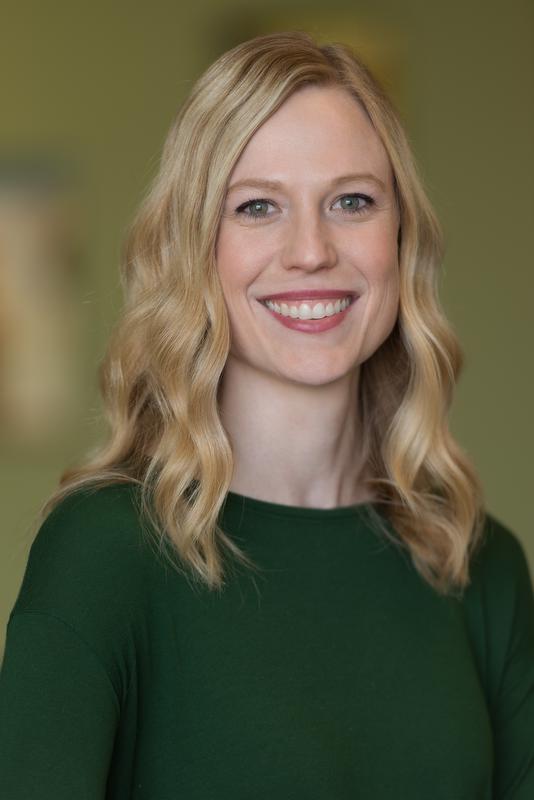 KL2 Scholar · News
KL2 Scholar · News
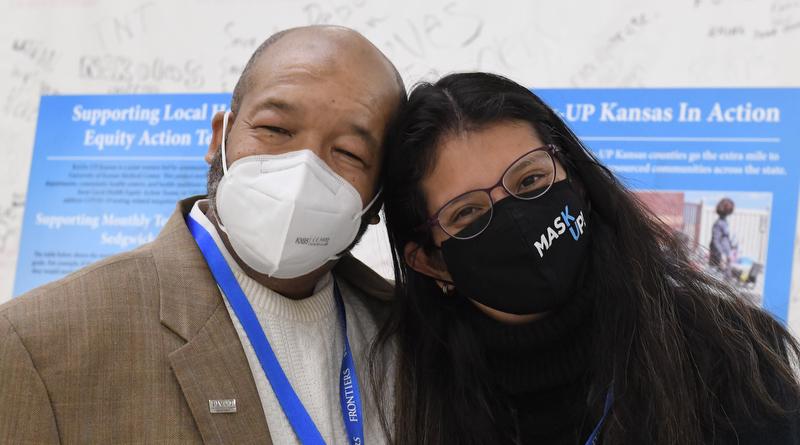 News · In the Community
News · In the Community
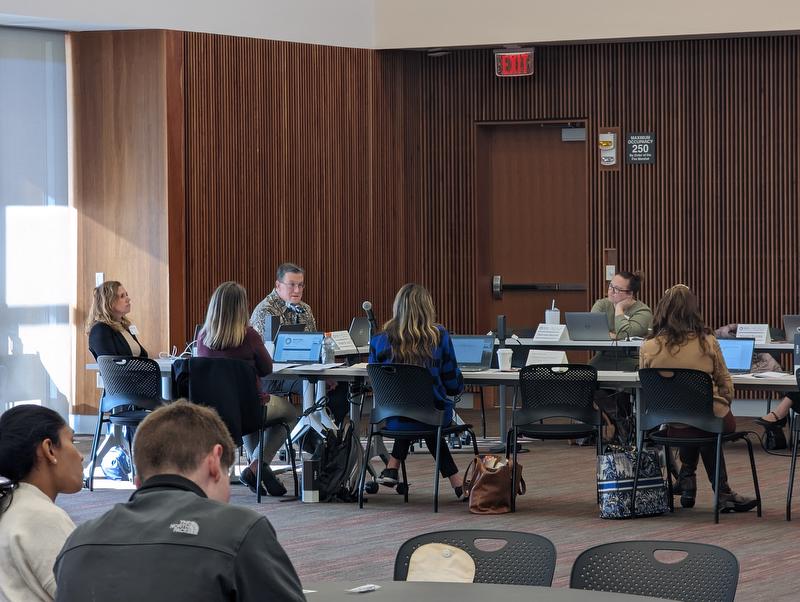 Events · News · Services
Events · News · Services
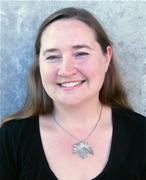 Funded Projects · News
Funded Projects · News
 KL2 Scholar · Funded Projects · News
KL2 Scholar · Funded Projects · News
 TL1 Trainee · Funded Projects · News
TL1 Trainee · Funded Projects · News
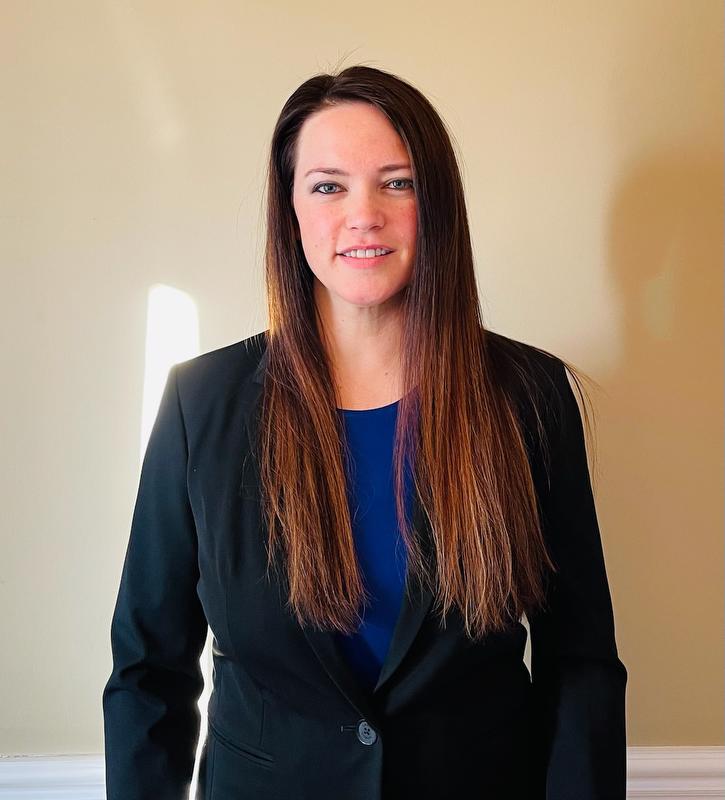 News
News
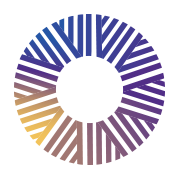 News
News
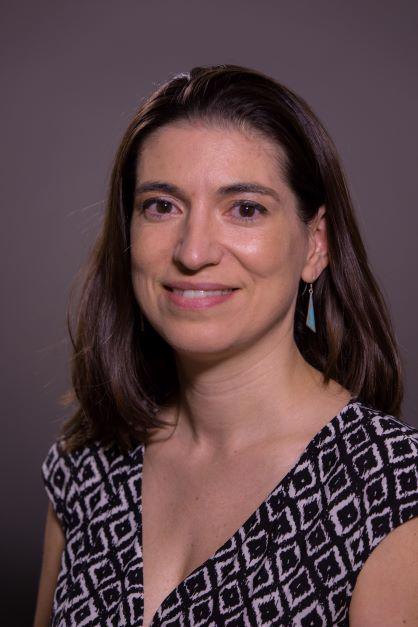 KL2 Scholar · Funded Projects
KL2 Scholar · Funded Projects
 KL2 Scholar · Funded Projects
KL2 Scholar · Funded Projects
 Events · News
Events · News
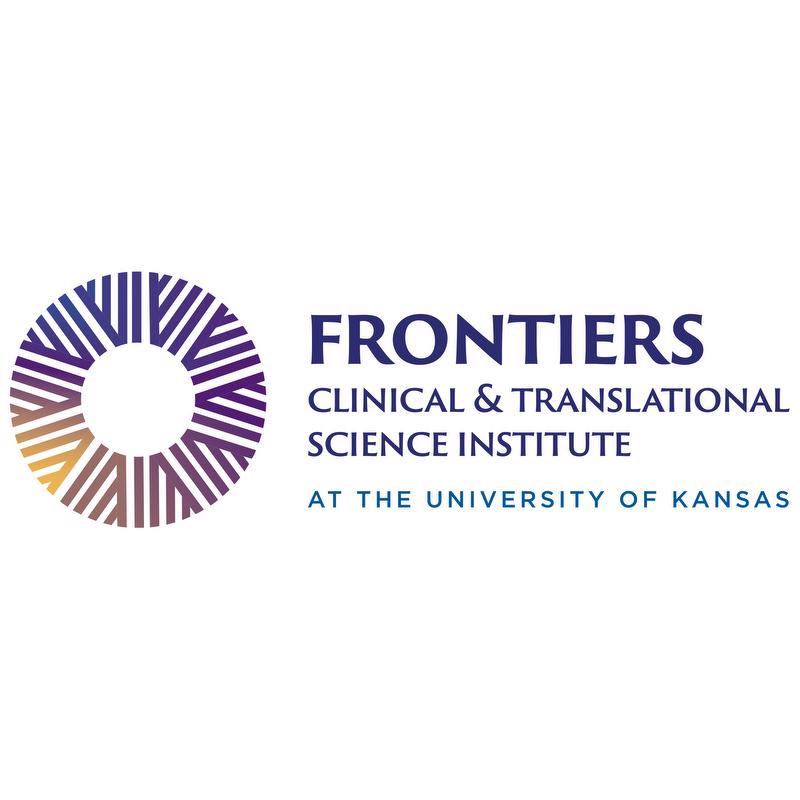 News
News
 KL2 Scholar · Funded Projects
KL2 Scholar · Funded Projects
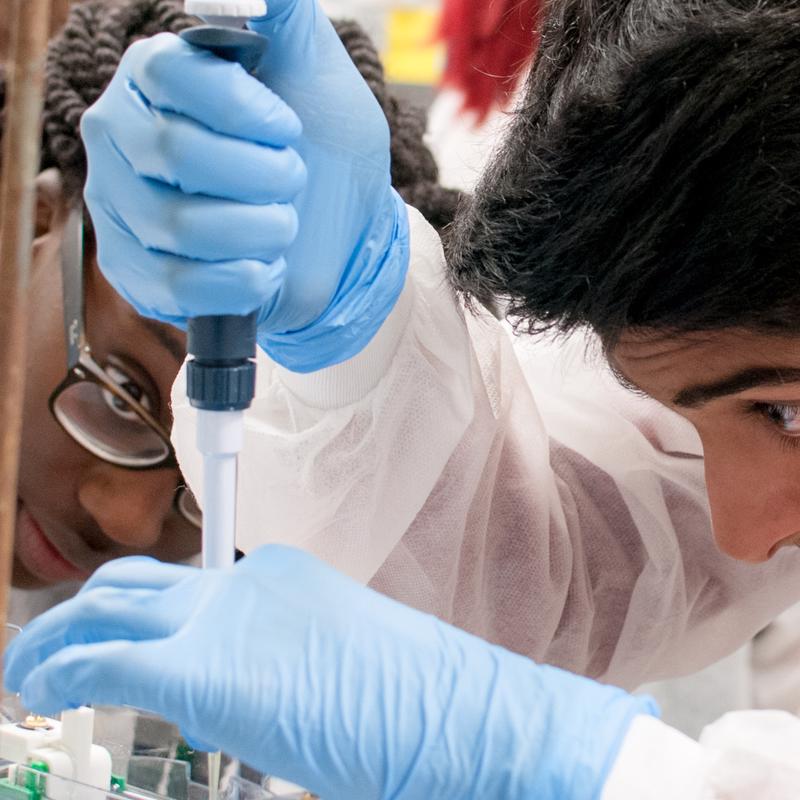 News
News
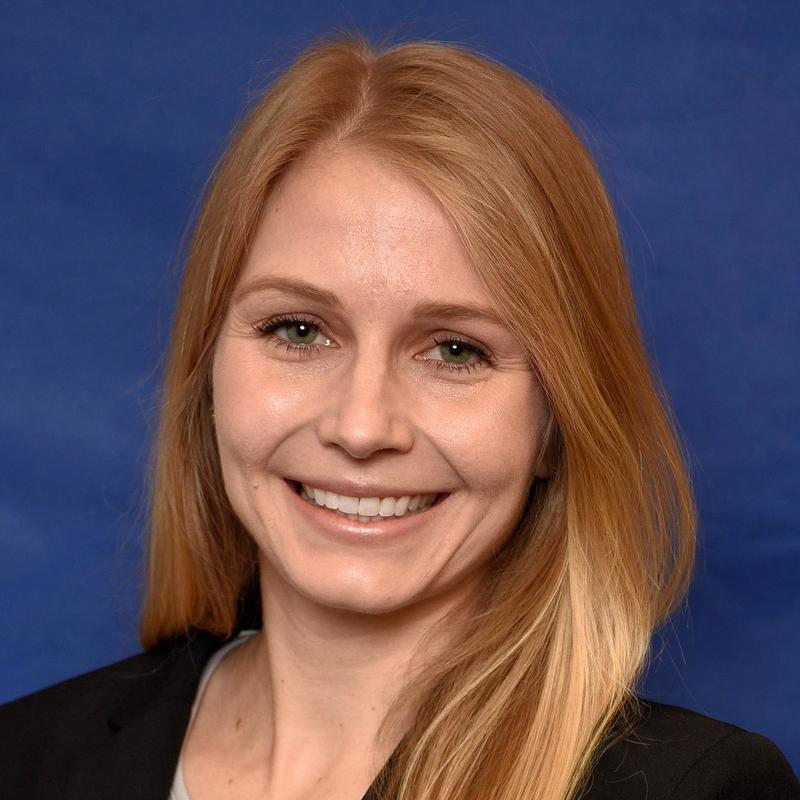 Funded Projects
Funded Projects

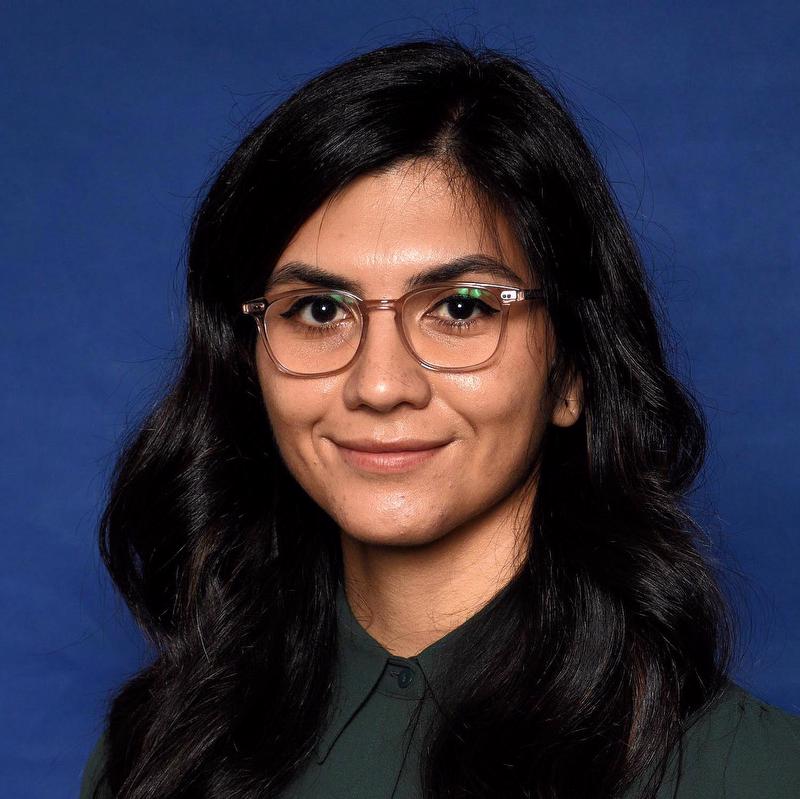 TL1 Trainee
TL1 Trainee
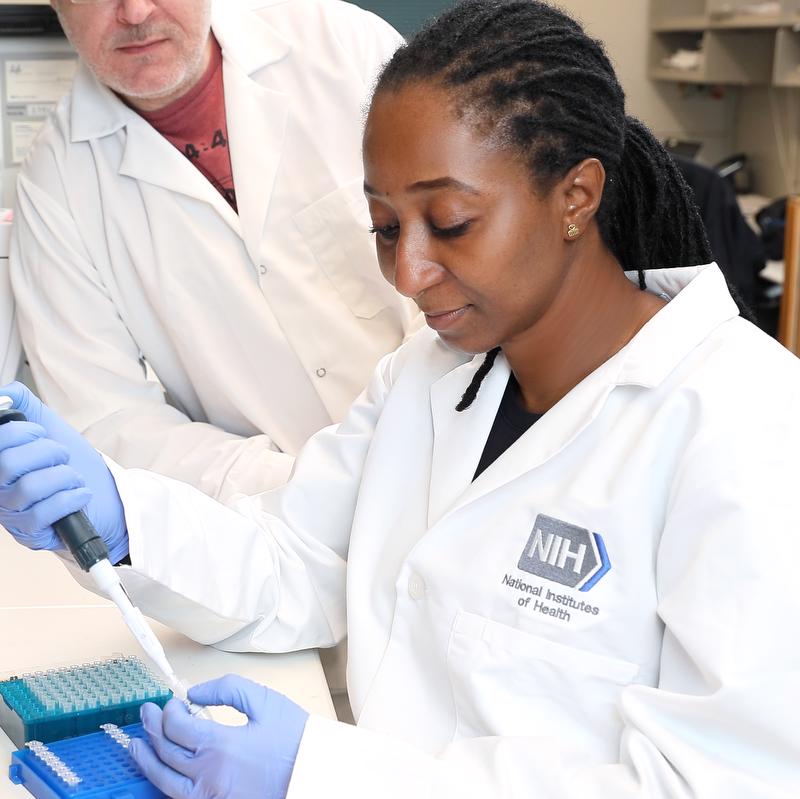 News
News
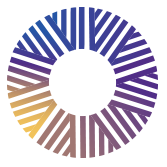 Funded Projects
Funded Projects

